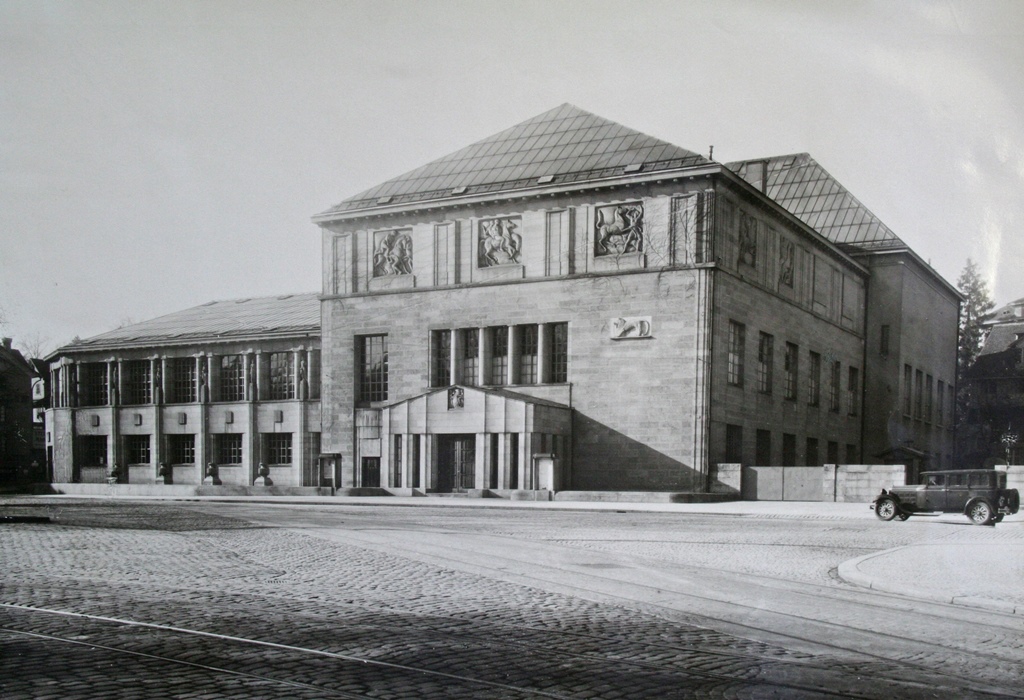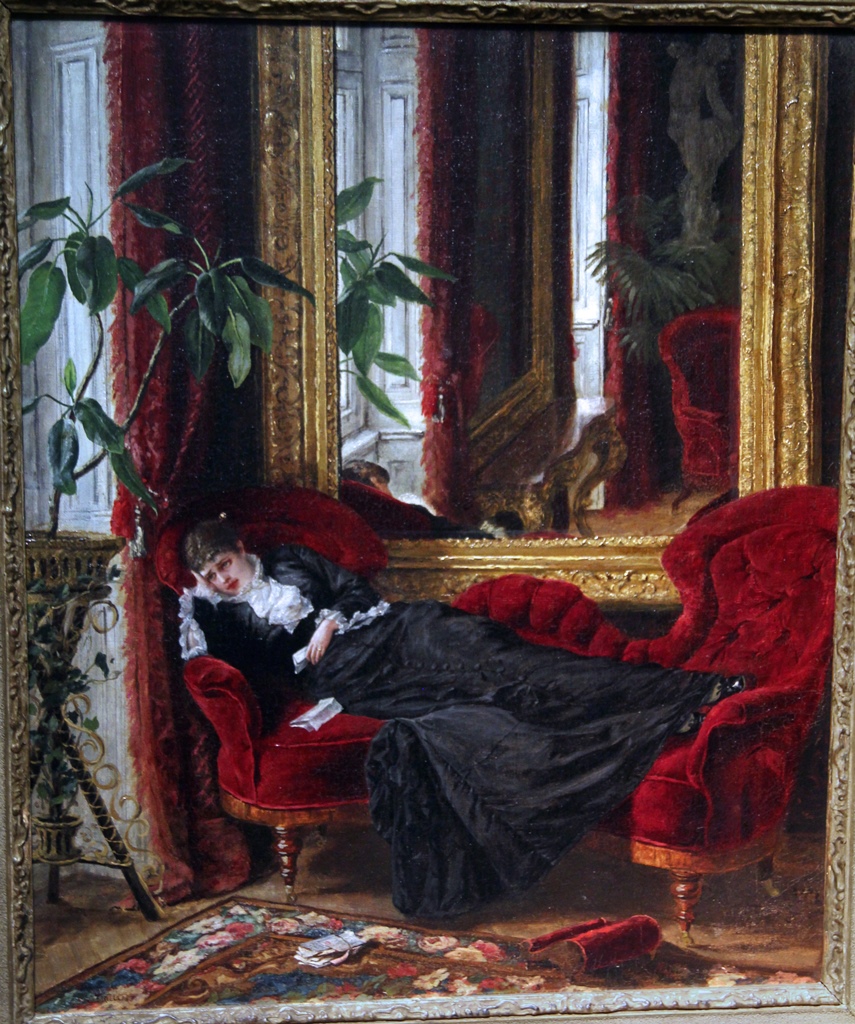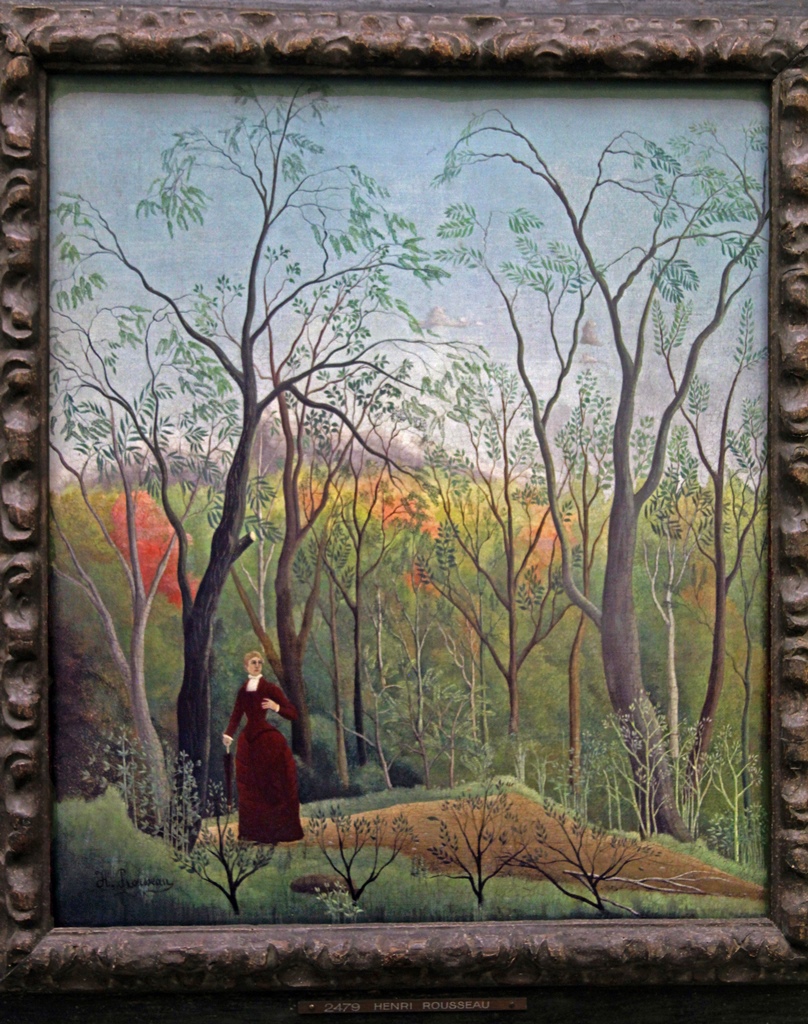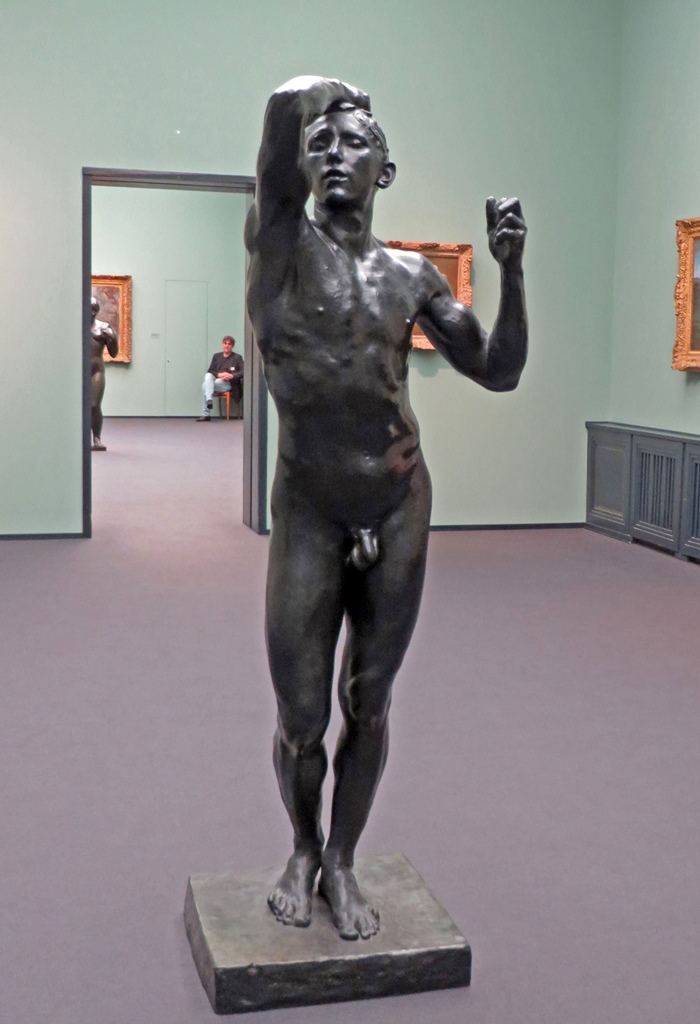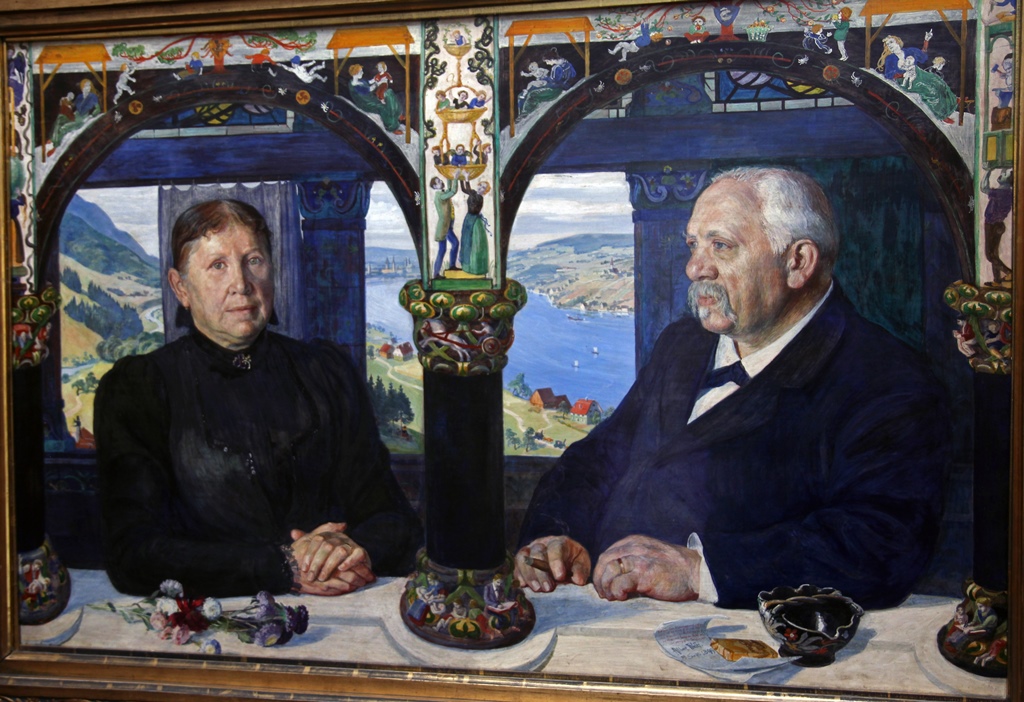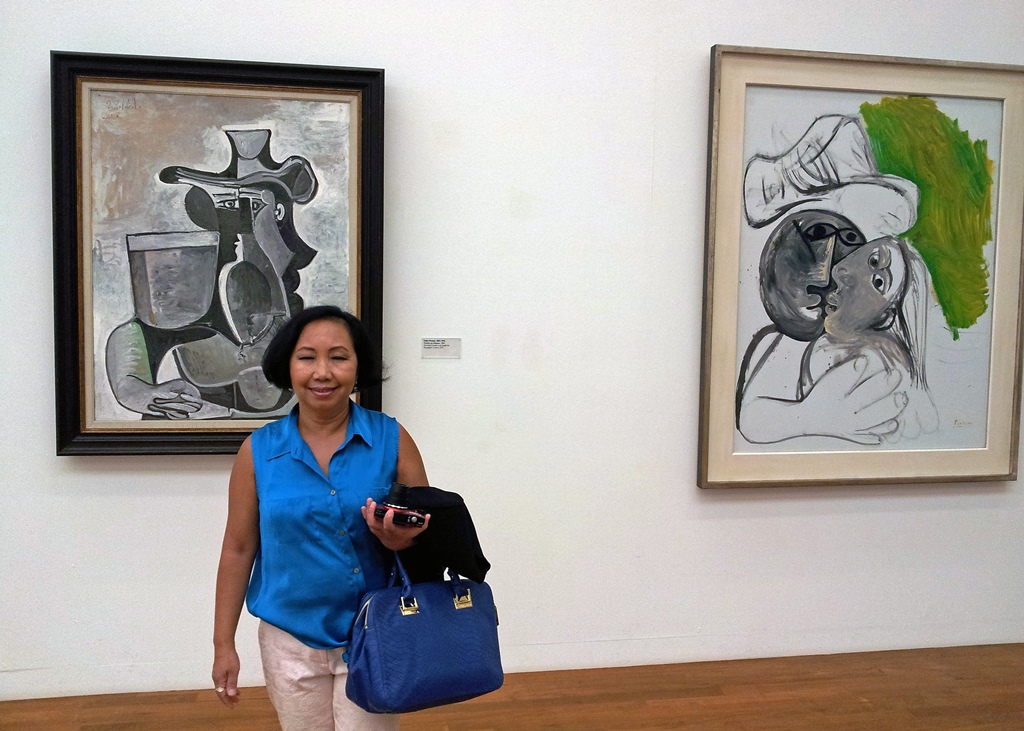After visiting the Grossmünster, we headed in the direction of Zürich's
top-billed art museum, the
Kunsthaus Zürich.
A narrow street leading east from the church took us most of the way there.
This street was called Kirchgasse.
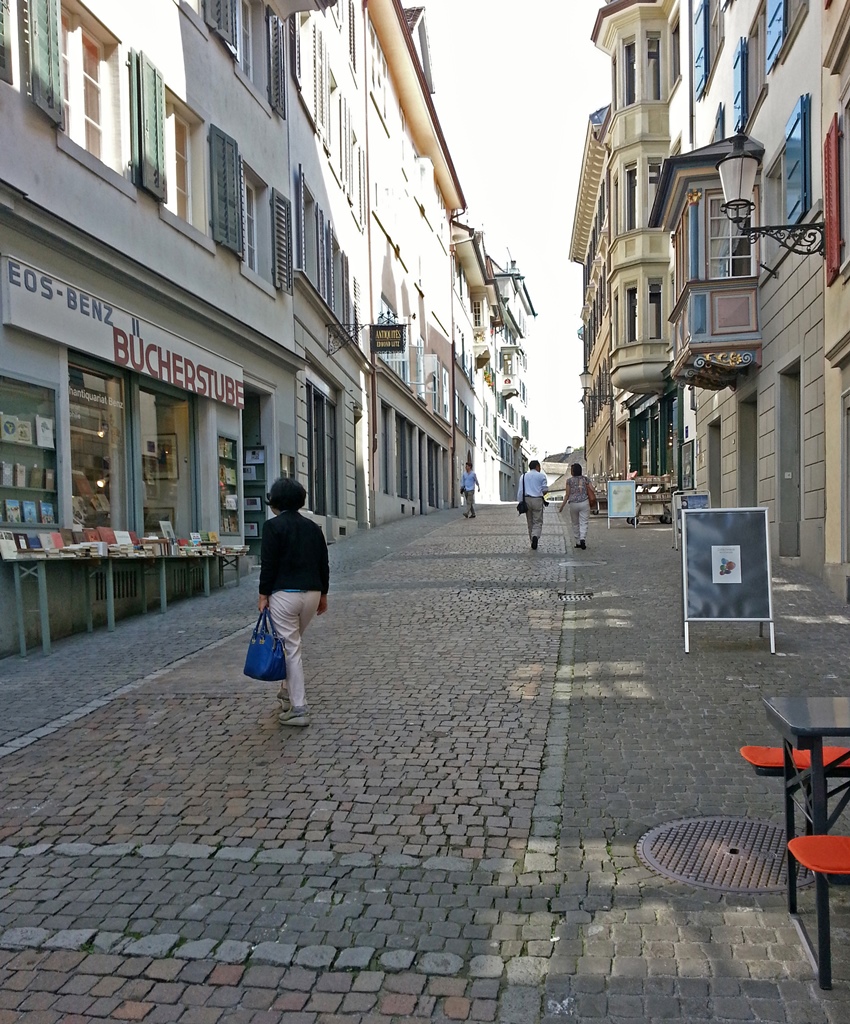
Nella on Kirchgasse
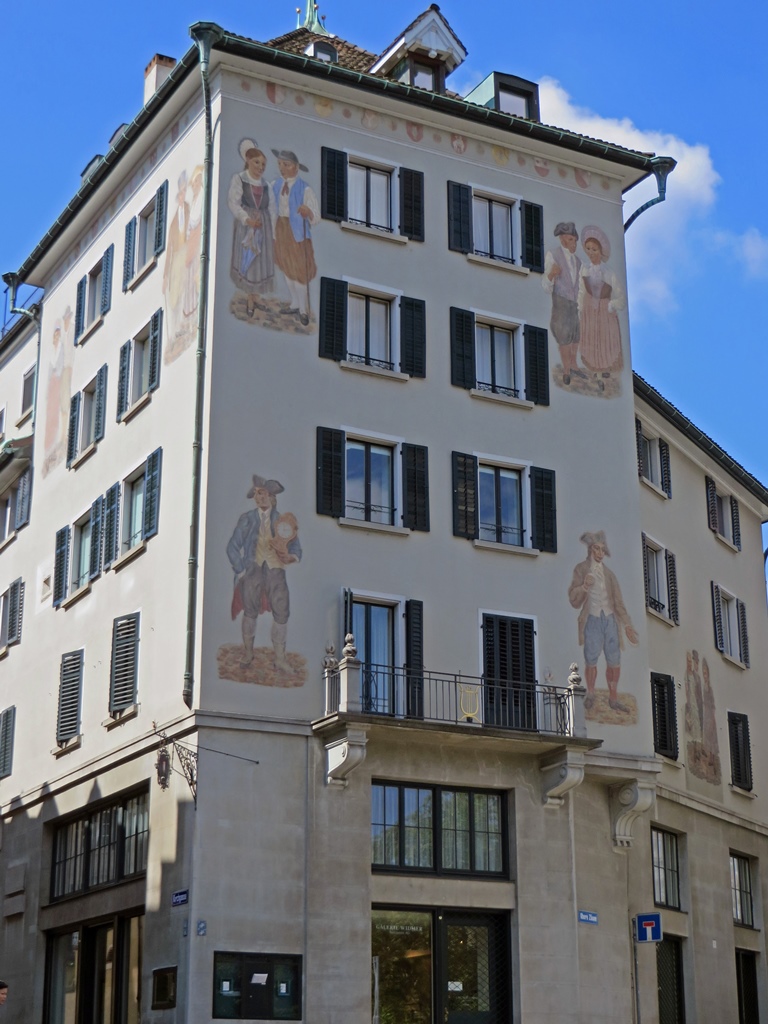
Painted Building on Kirchgasse
The Kunsthaus Zürich opened in its present location in 1910. It was created as a
result of efforts by an organization called the Zürcher Kunstgesellschaft,
which had been the recipient of donations of artwork, land and funds over the
previous hundred years or so (mostly under the name Künstlergesellschaft).
Kunsthaus Zürich, Early Days
Over the next century the donations continued, and the museum was expanded (there
is in fact an expansion underway as this is being written, due to open in 2020;
at this time the museum will become the largest art museum in Switzerland).
While the Künstlergesellschaft was originally conceived as an organization that
would promote Swiss art, the collection has grown to include numerous items of
international origin, dating from the Middle Ages to the 20th Century. Still,
there is an emphasis on Swiss art, and on art from the 19th and 20th Centuries.
Here are some of the works from before that time:
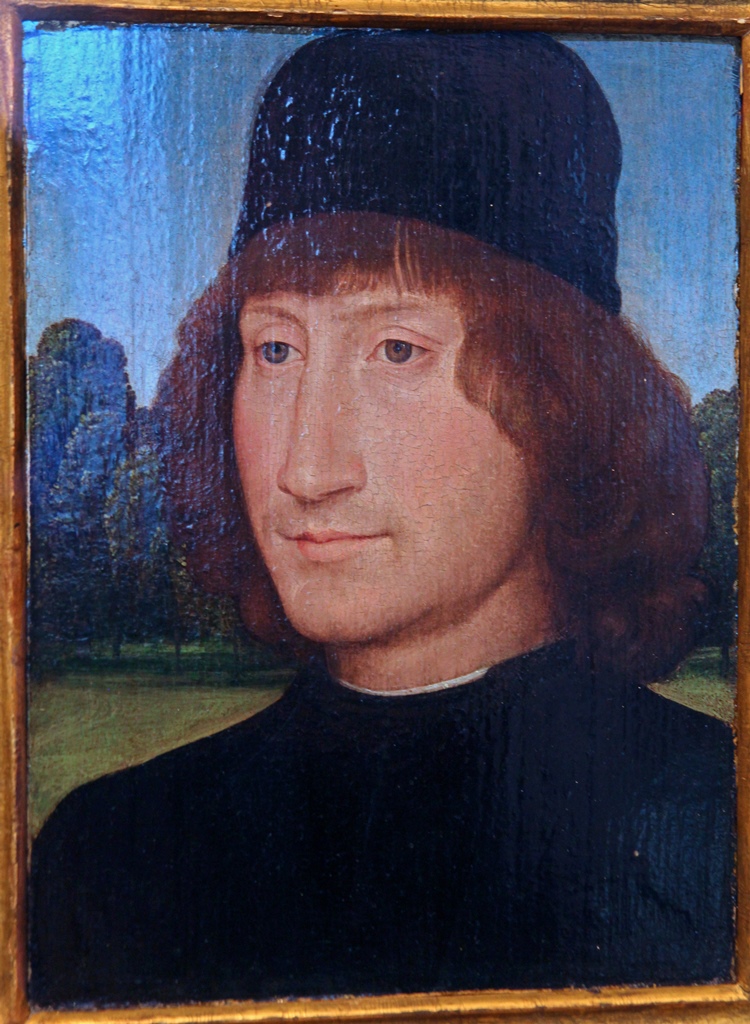
Portrait of a Young Man, Hans Memling (1480)
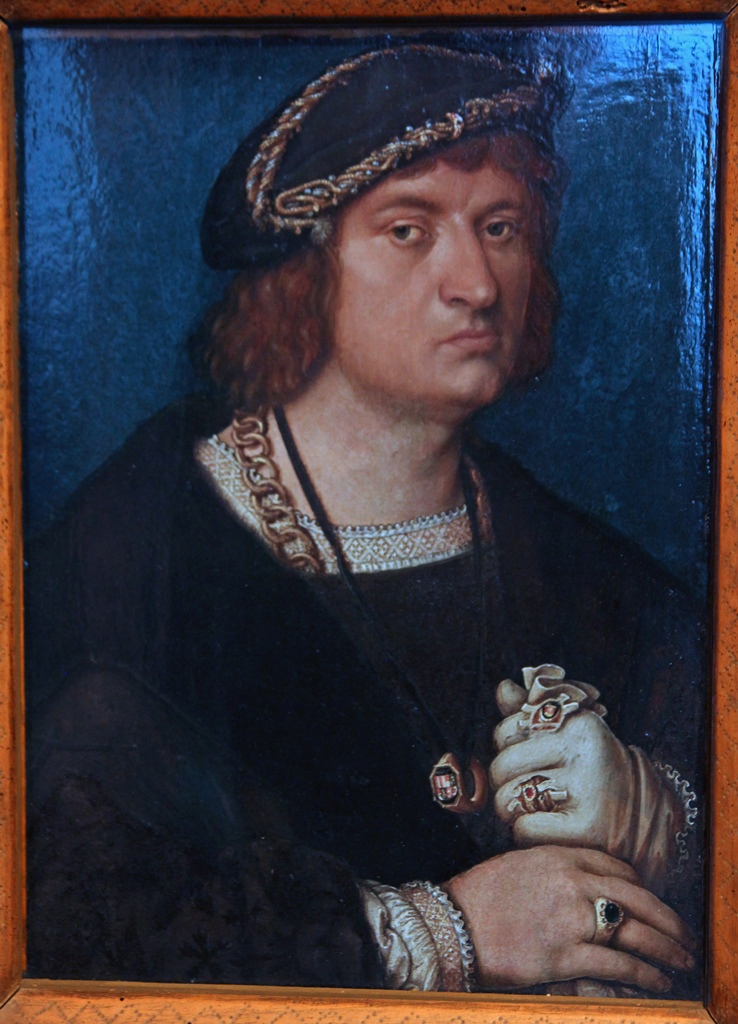
Portrait of a Gentleman, Hans Holbein the Elder (ca. 1520)
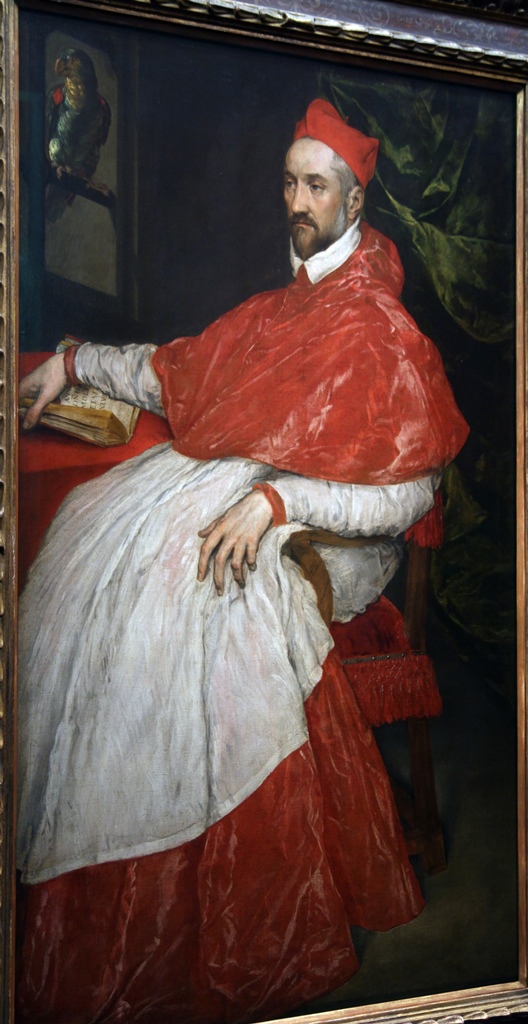
Charles de Guise, Cardinal of Lorraine, El Greco (1572)
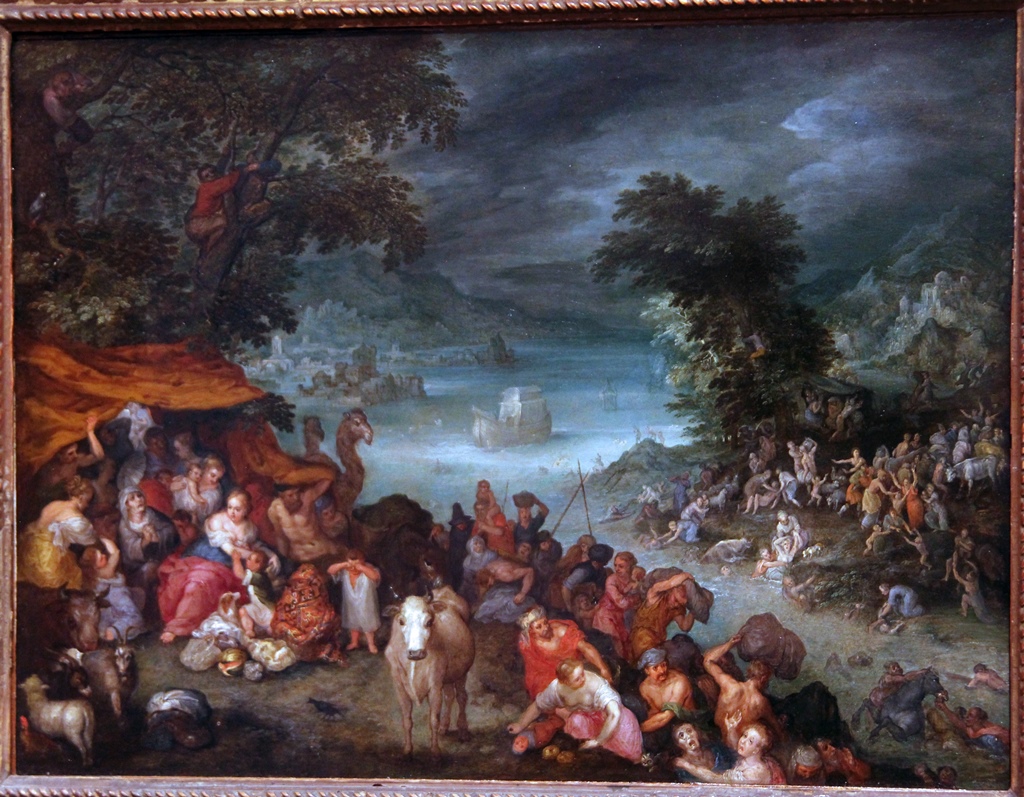
The Flood with Noah's Ark, Jan Brueghel the Elder (1601)
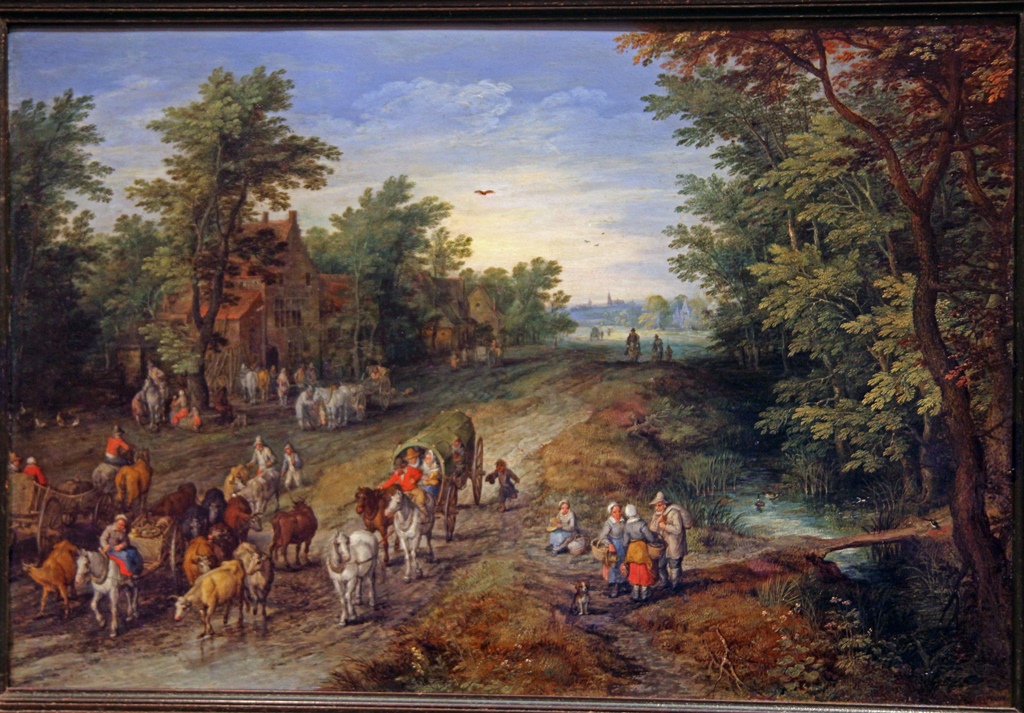
Country road with Travelers and Inn, Jan Brueghel the Elder (1611)
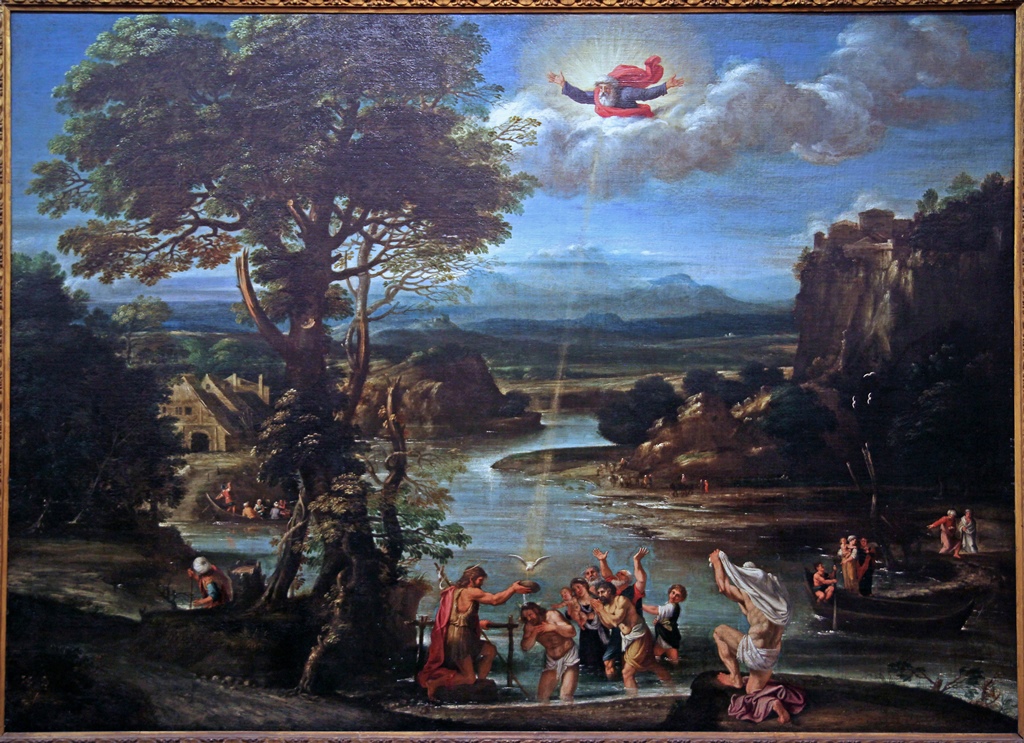
Landscape with the Baptism of Christ, Domenichino (ca. 1603)
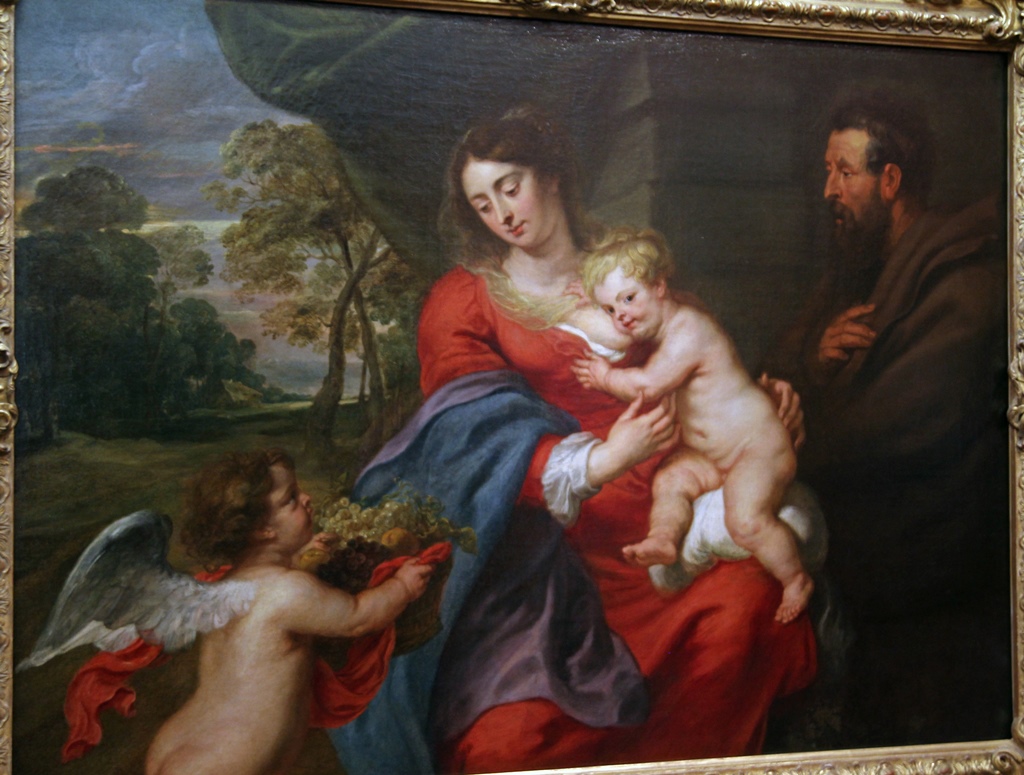
The Holy Family, Peter Paul Rubens (ca. 1628)
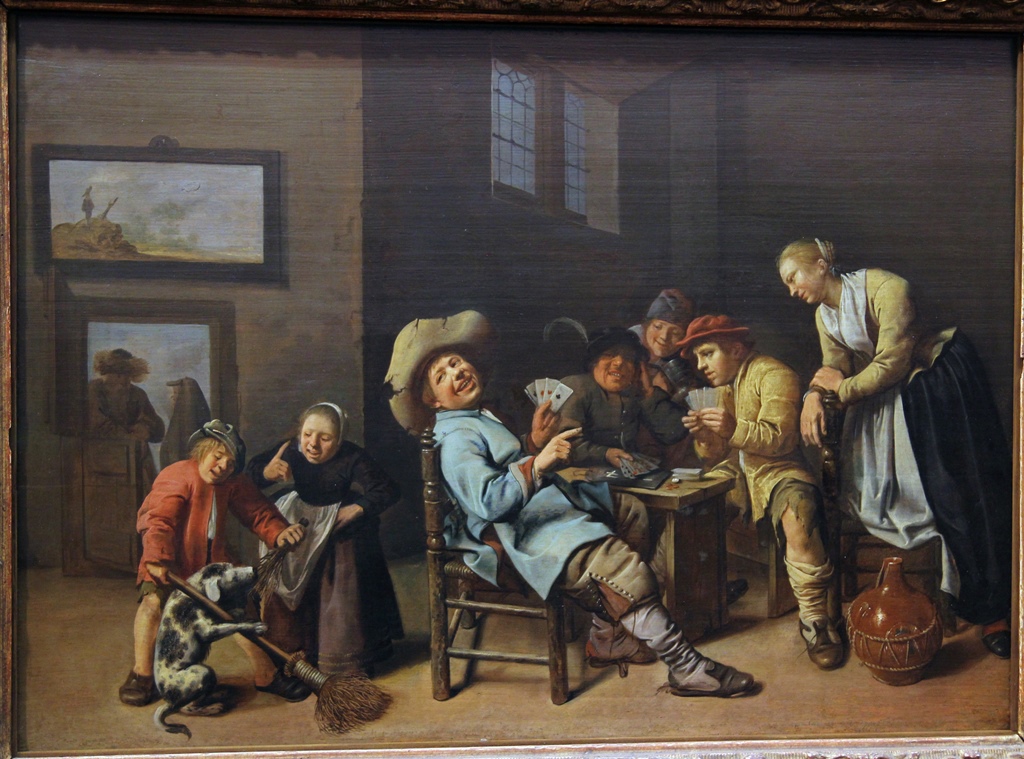
Card-playing Children, Jan Miense Molenaer (1635)
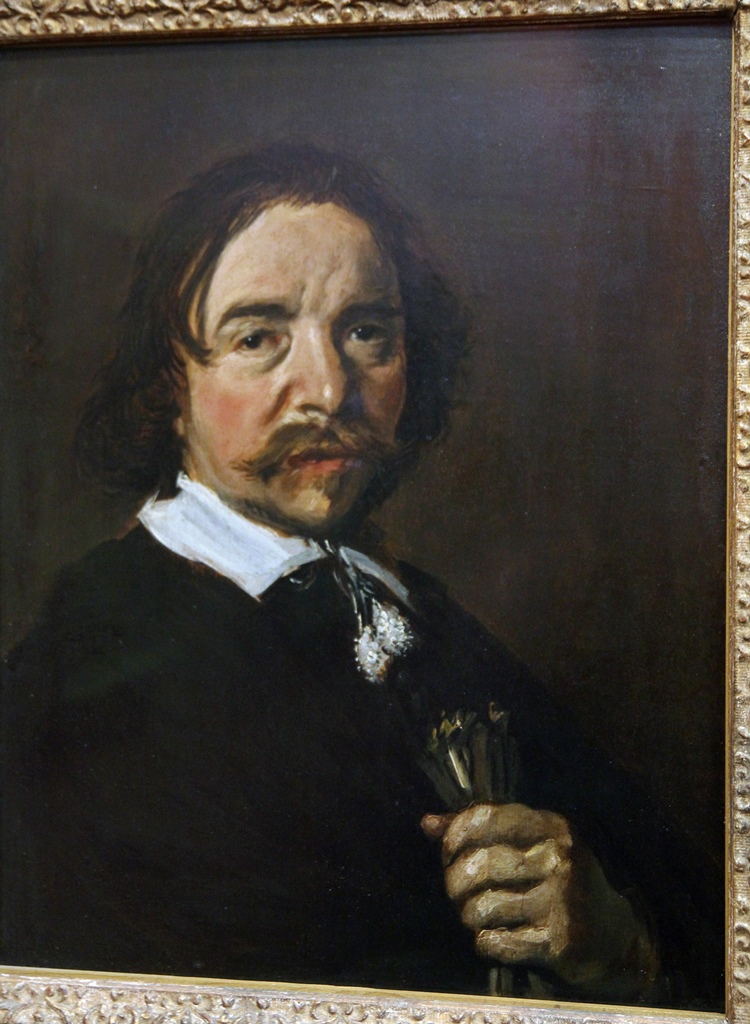
Portrait of an Elderly Dark-haired Man, Frans Hals (ca. 1657)
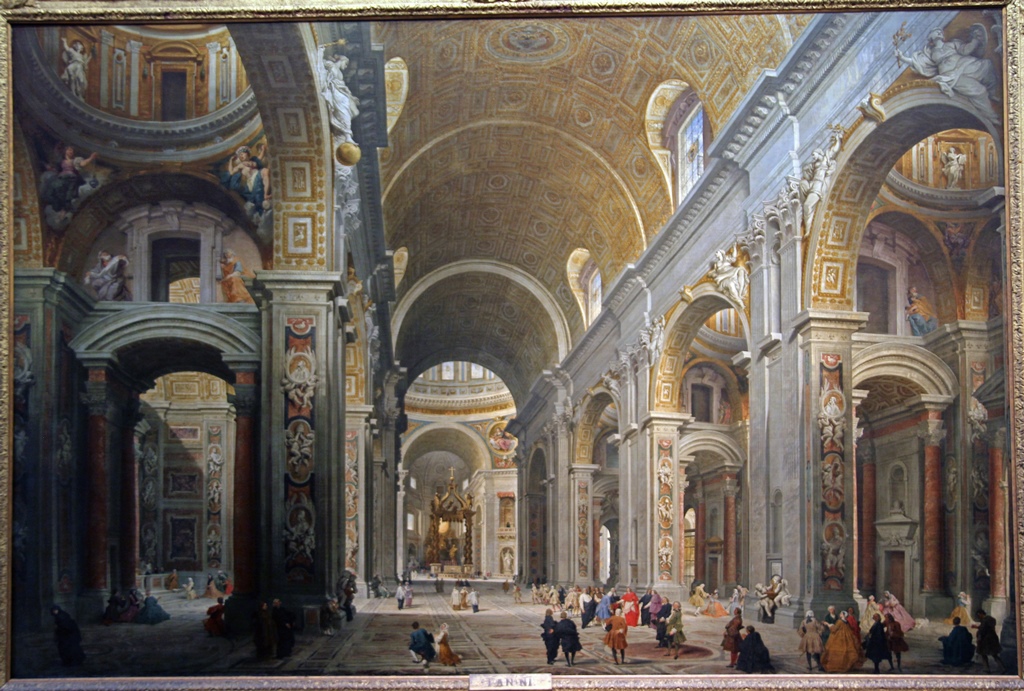
St. Peter's Church in Rome, Giovanni Paolo Panini (1734)
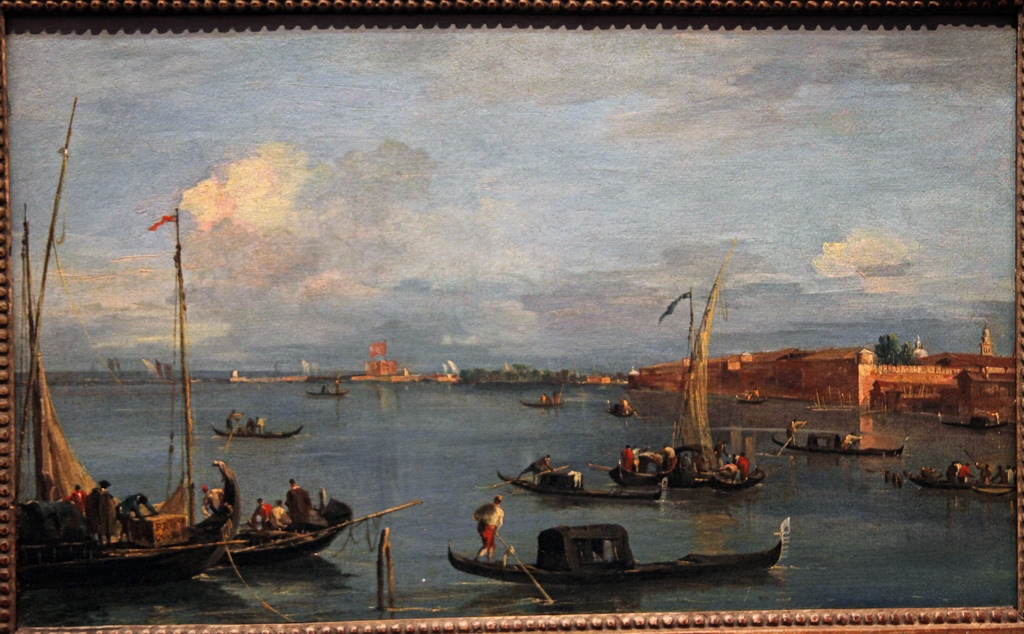
The Lagoon with Fort San Nicolò, Francesco Guardi (ca. 1765-70)
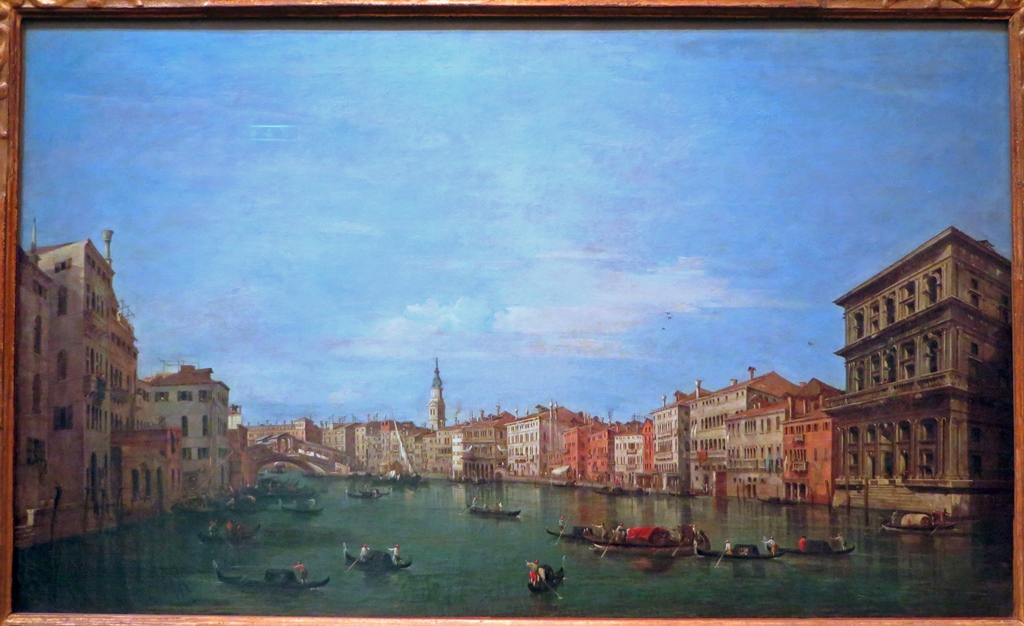
The Grand Canal, Francesco Guardi (ca. 1755-60)
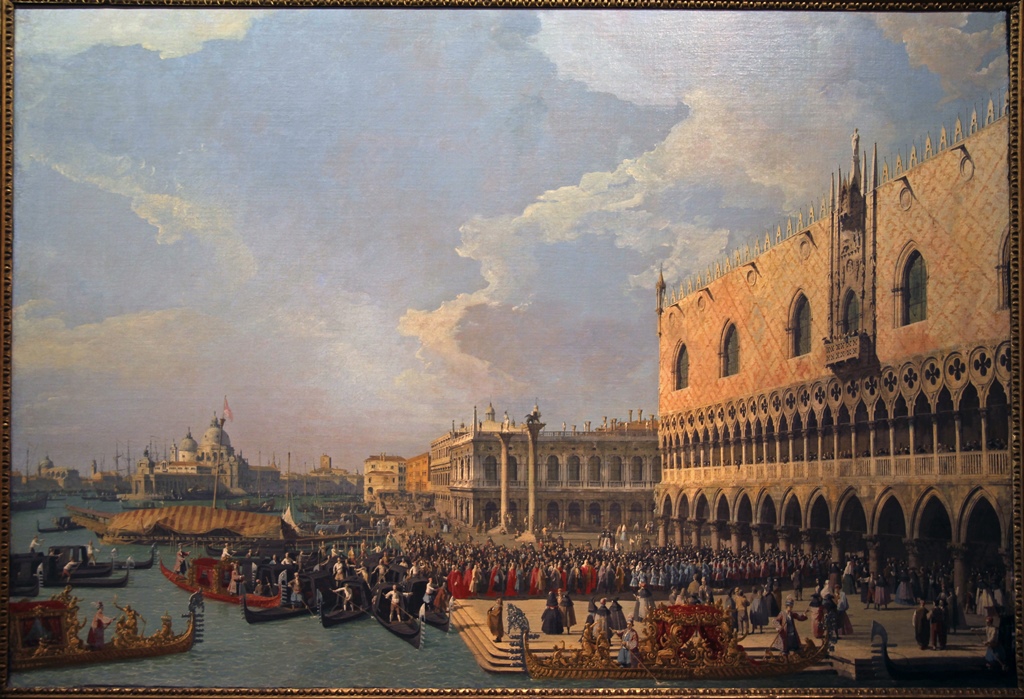
Reception of an Ambassador at the Doge's Palace, Canaletto (ca. 1730)
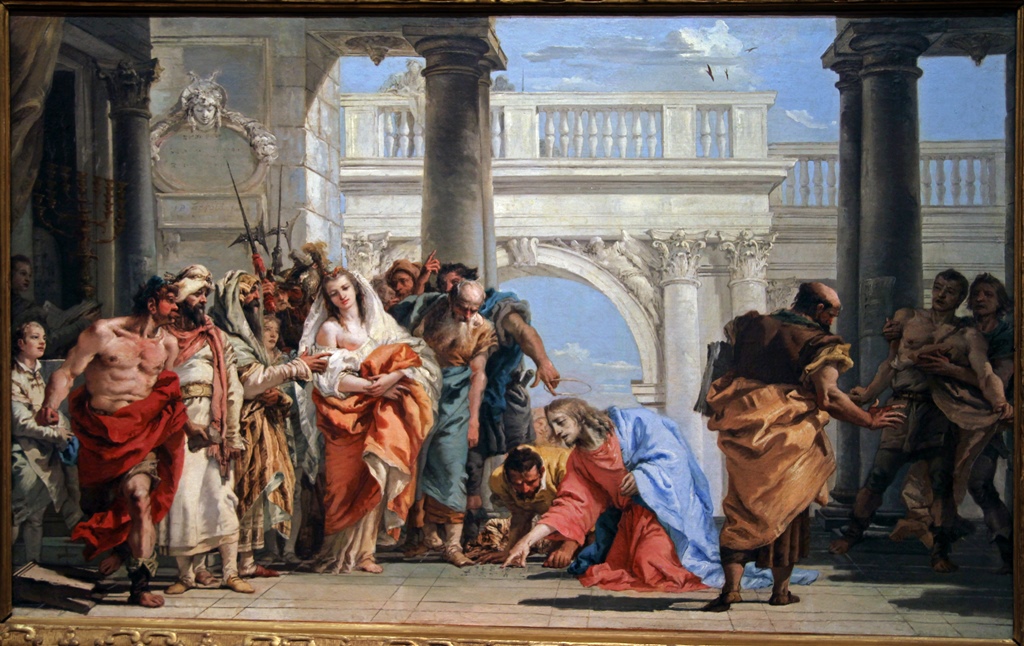
Christ and the Adulteress, Domenico Tiepolo (ca. 1759)
European art from the 18th Century is often categorized by its chronology relative
to the Impressionist movement, which peaked in France (though it was largely
underappreciated at the time) from about the 1860's through the 1880's. Here are
some of the museum's pre-Impressionist works:
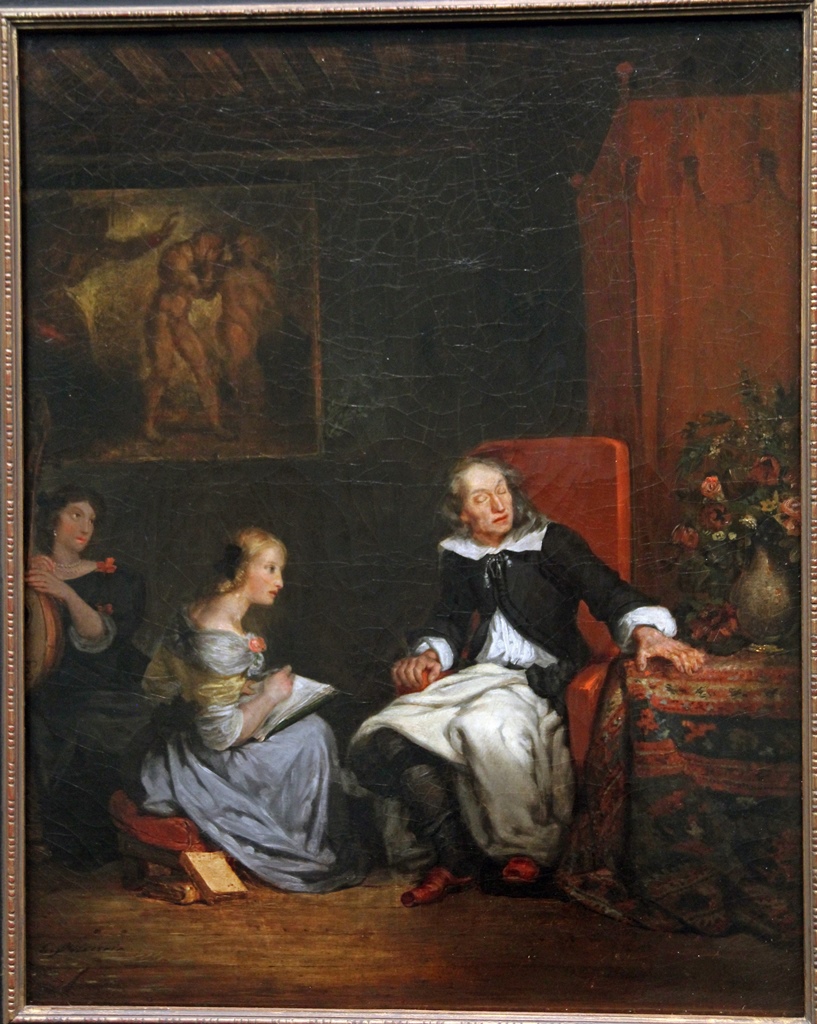
Milton Dictates 'Paradise Lost' to his Daughters, Eugène Delacroix (1827-28)
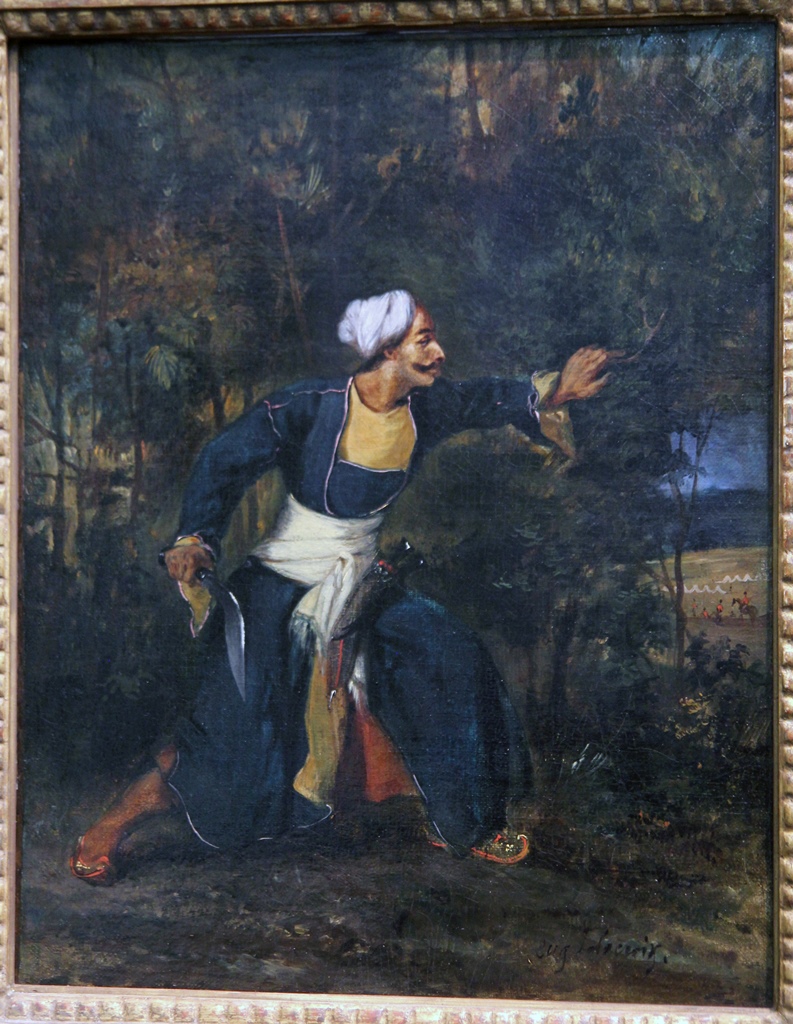
Indian Armed with Gurkha Dagger, Eugène Delacroix (ca. 1830)
Sad Message, Albert von Keller (1871)
The museum's collection of Impressionism, though not large, includes the following:
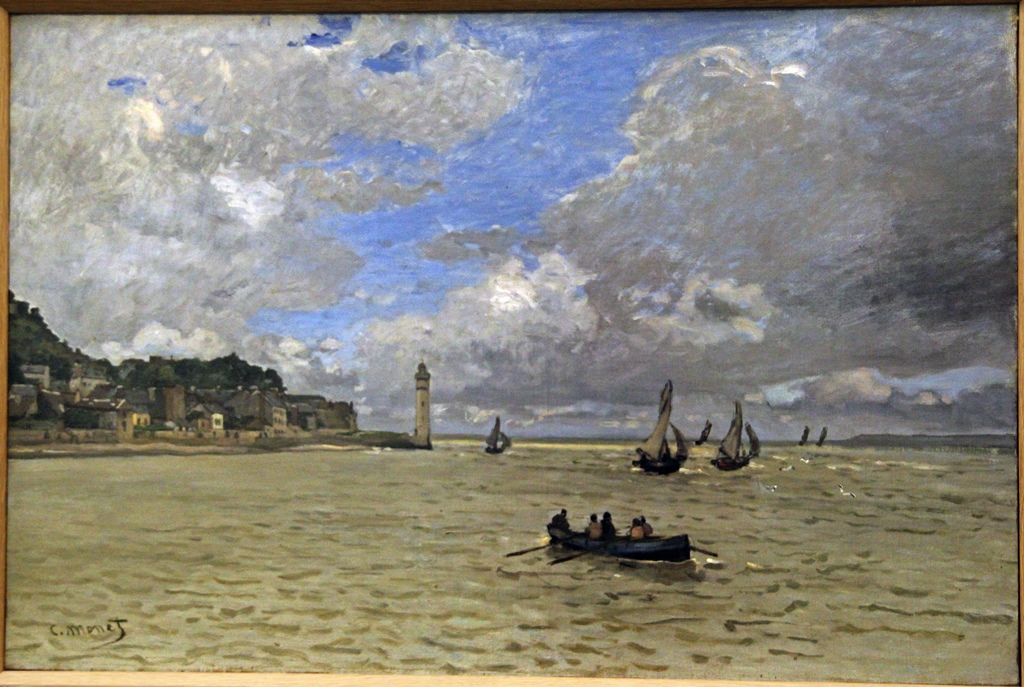
The Lighthouse at Honfleur, Claude Monet (1864)
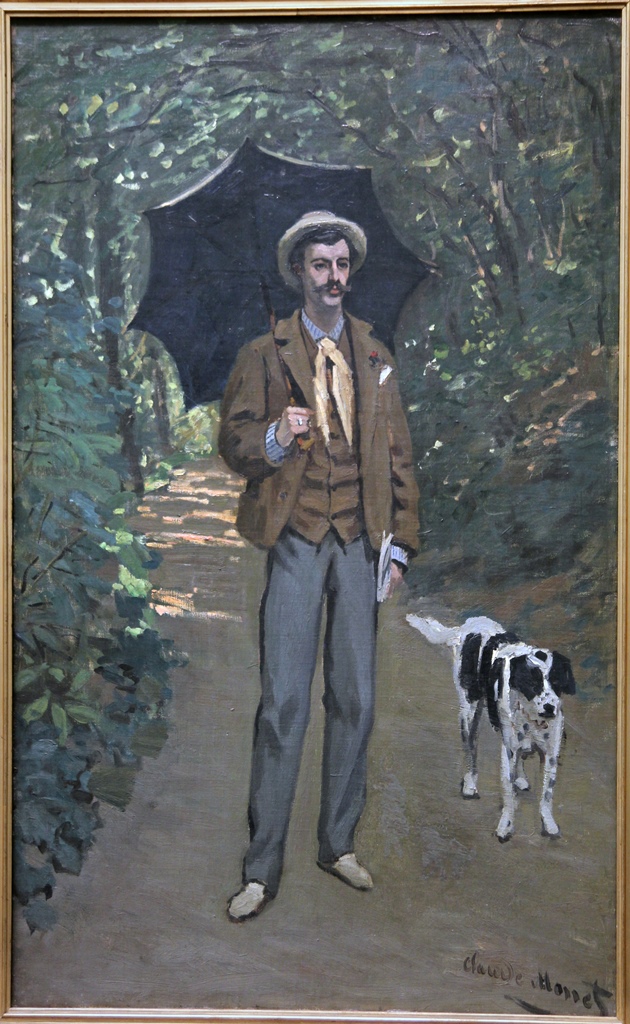
Portrait of Victor Jacquemont, Claude Monet (1865-67)
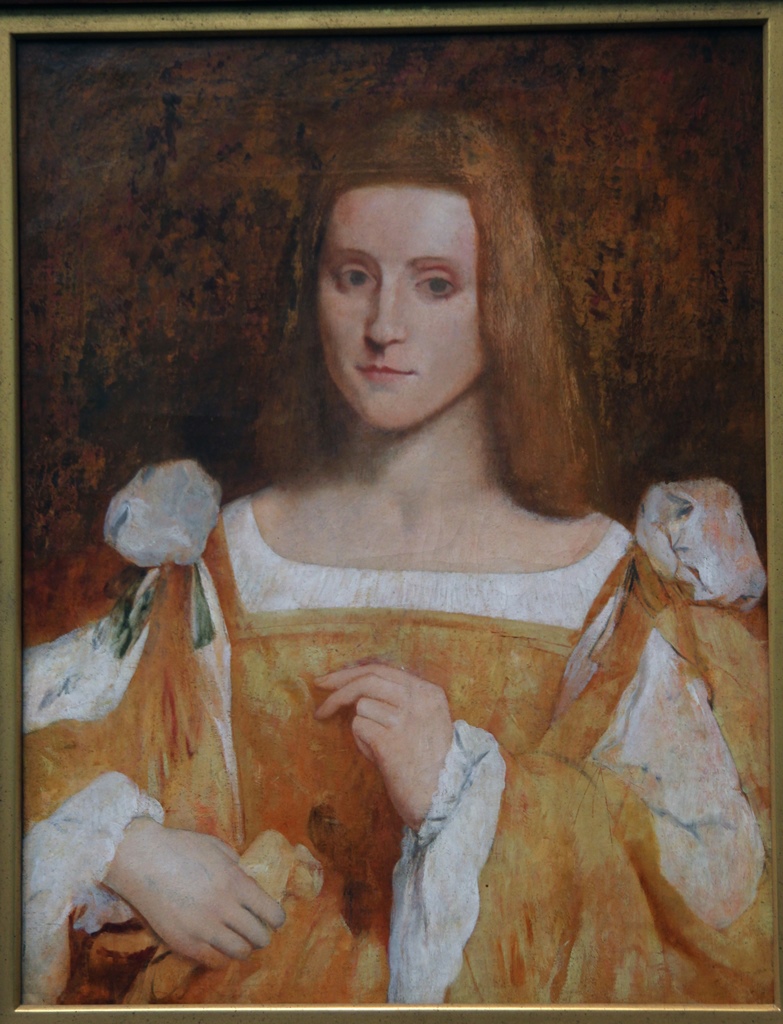
Portrait of a Woman, Edgar Degas (1865-68)
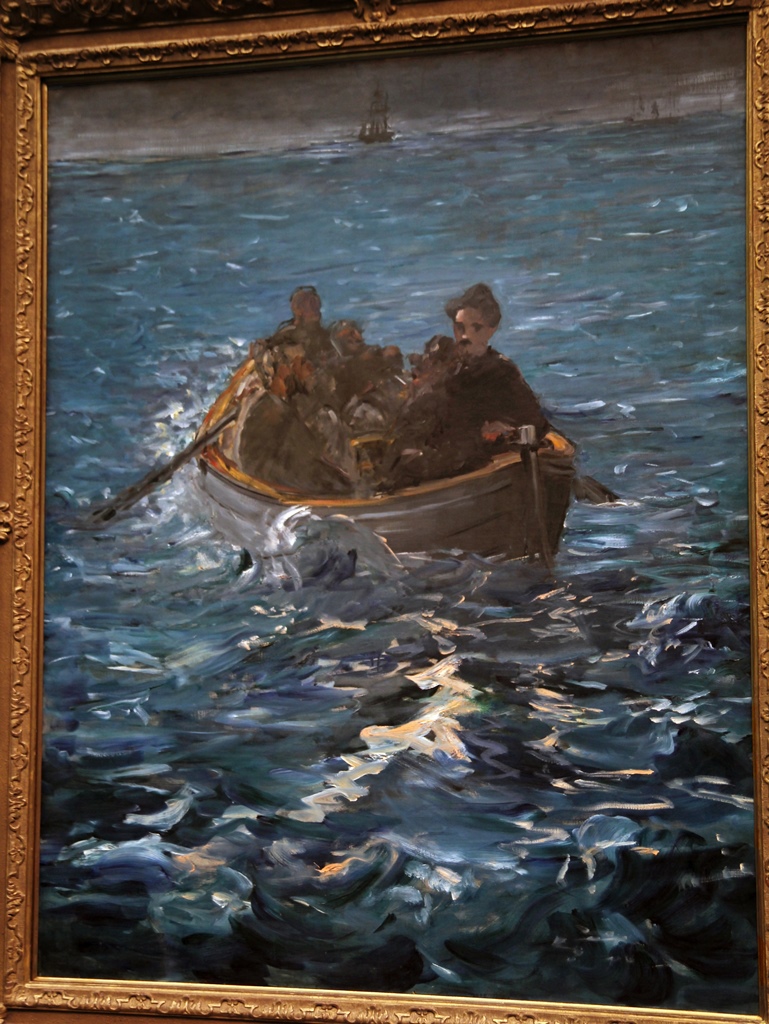
Henri Rochefort's Escape, Édouard Manet (1881)
The following works would be considered post-Impressionist:
At the Edge of the Forest, Henri Rousseau (ca. 1886)
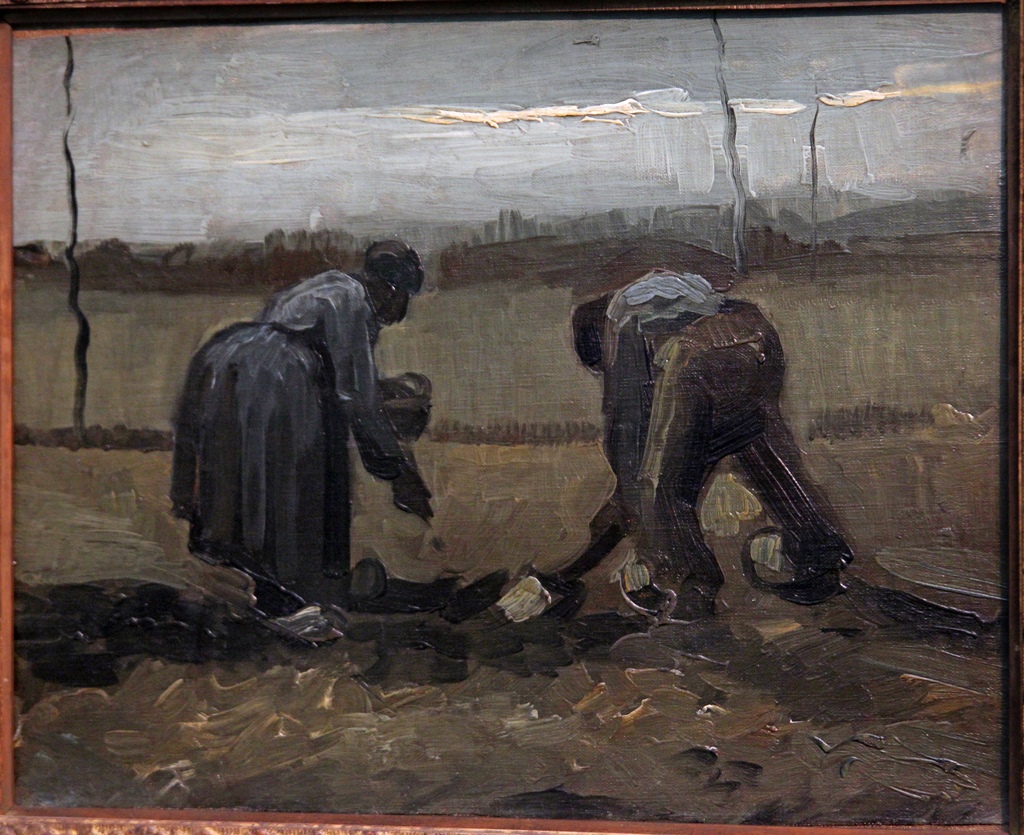
Field Work, Vincent van Gogh (1885)
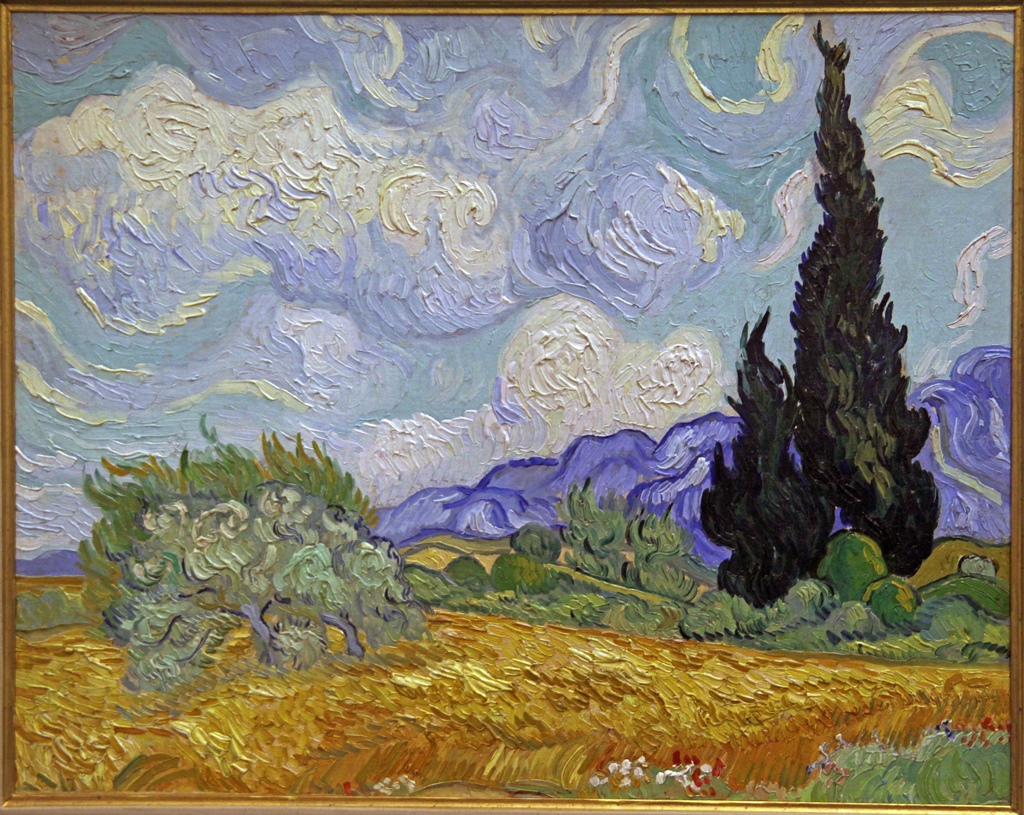
A Wheat Field With Cypresses, Vincent van Gogh (1889)
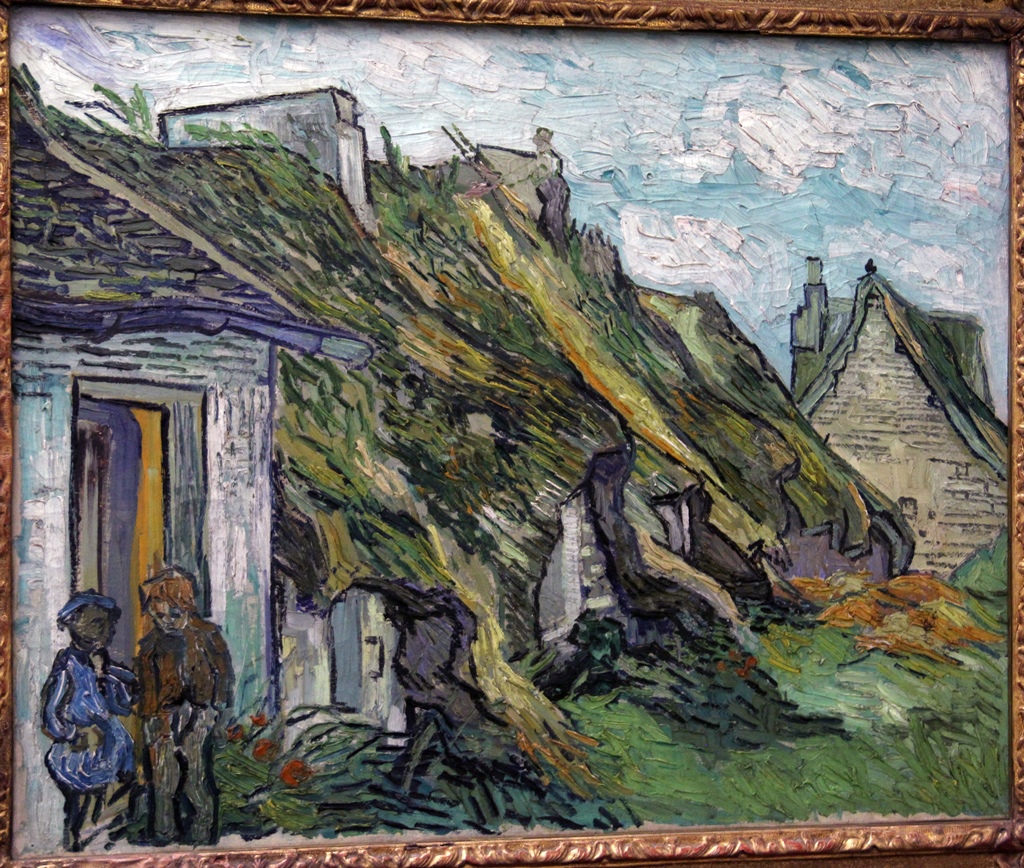
Thatched Cottages in Chaponval, Vincent van Gogh (1890)
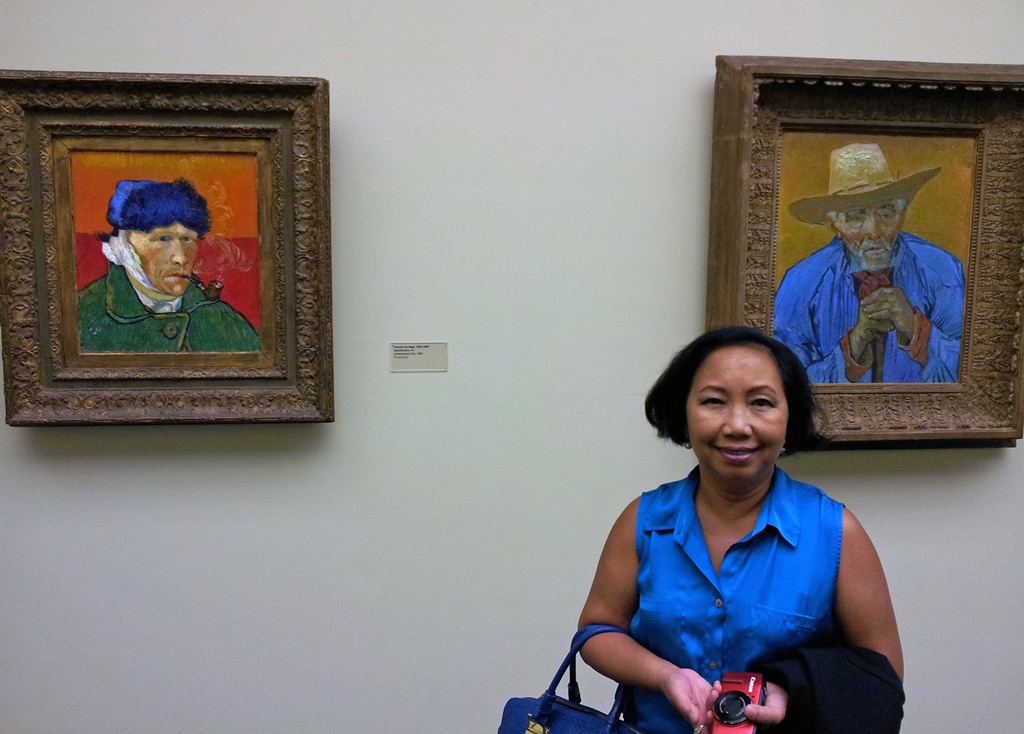
Nella with Van Goghs
Innovation was also taking place in sculpture at the time, largely thanks to the
Frenchman Auguste Rodin:
The Iron Age, Auguste Rodin (1876-77)
Here are a few Swiss works that were created around this time:
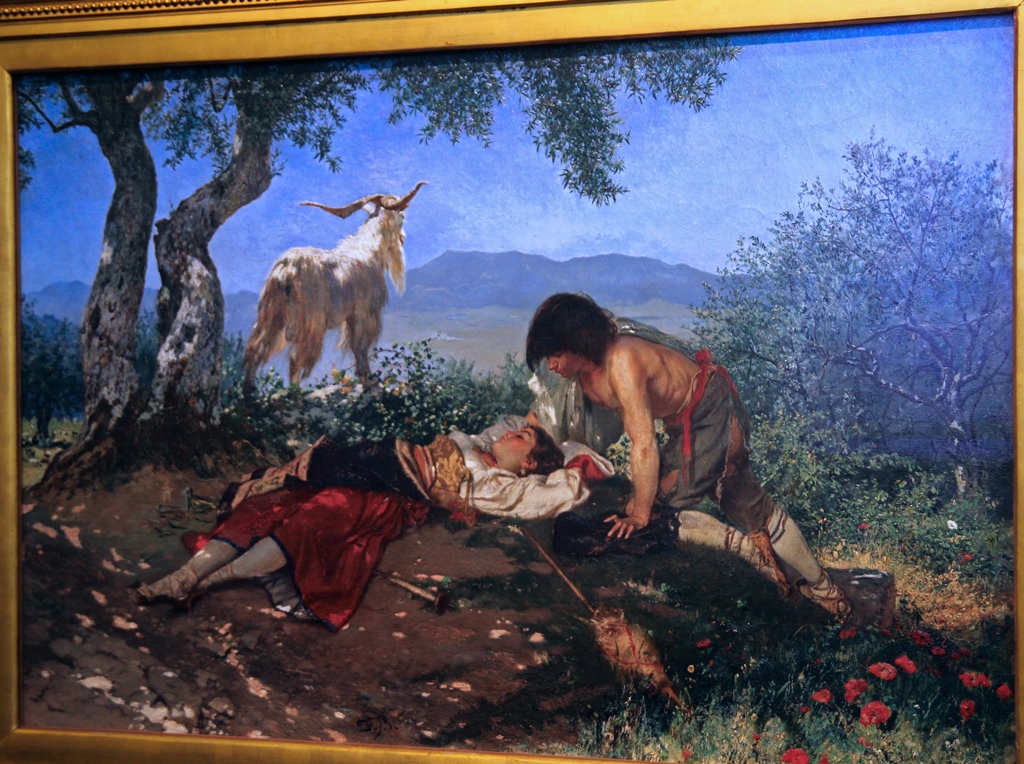
The Kiss, Frank Buchser (1878-79)
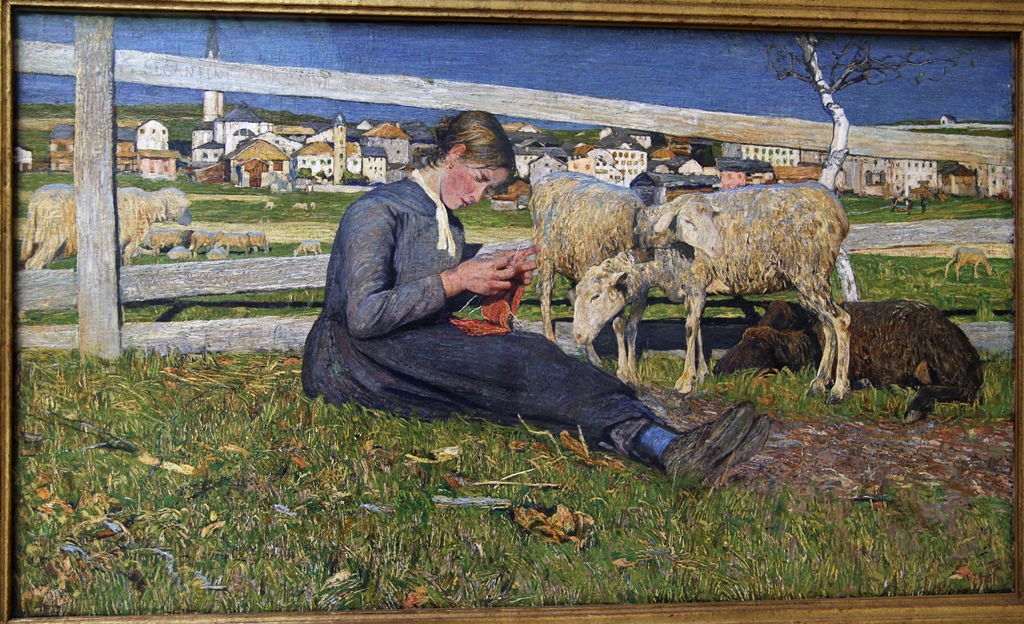
Knitting Girl, Giovanni Segantini (1888)
The Parents of the Artist, Albert Welti (1899)
It would be difficult to have any kind of discussion of 20th Century art without
mentioning Pablo Picasso. Here's some of what the Kunsthaus has by him:
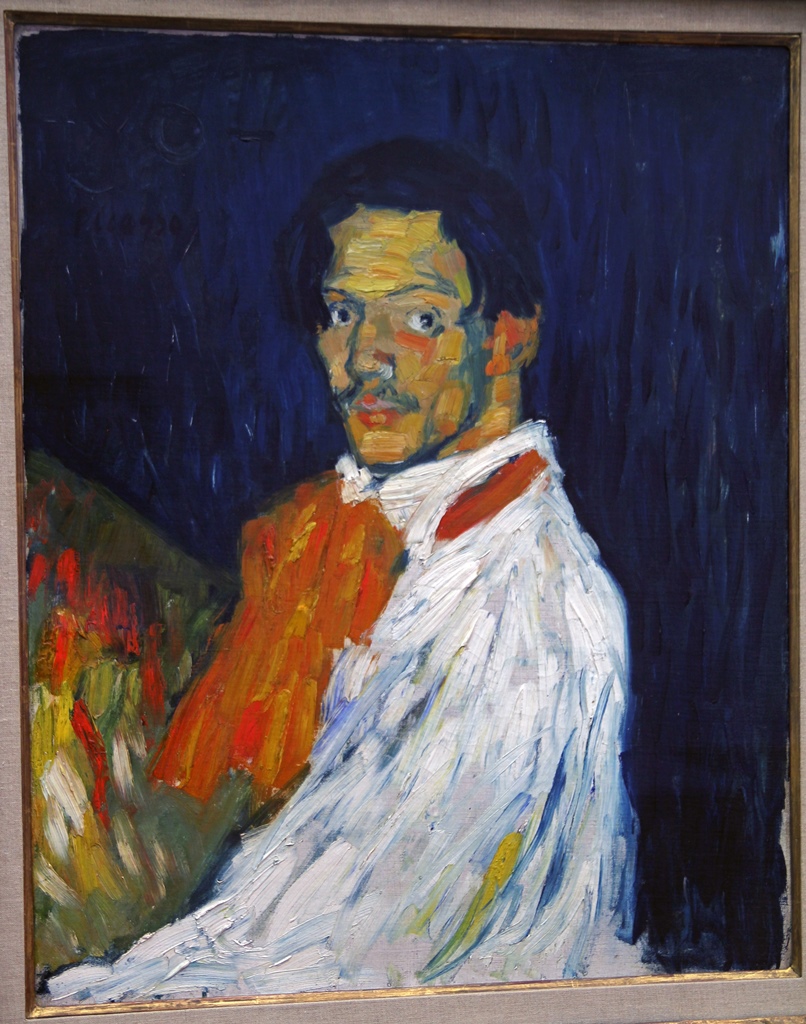
Self-portrait (Yo Picasso), Pablo Picasso (1901)
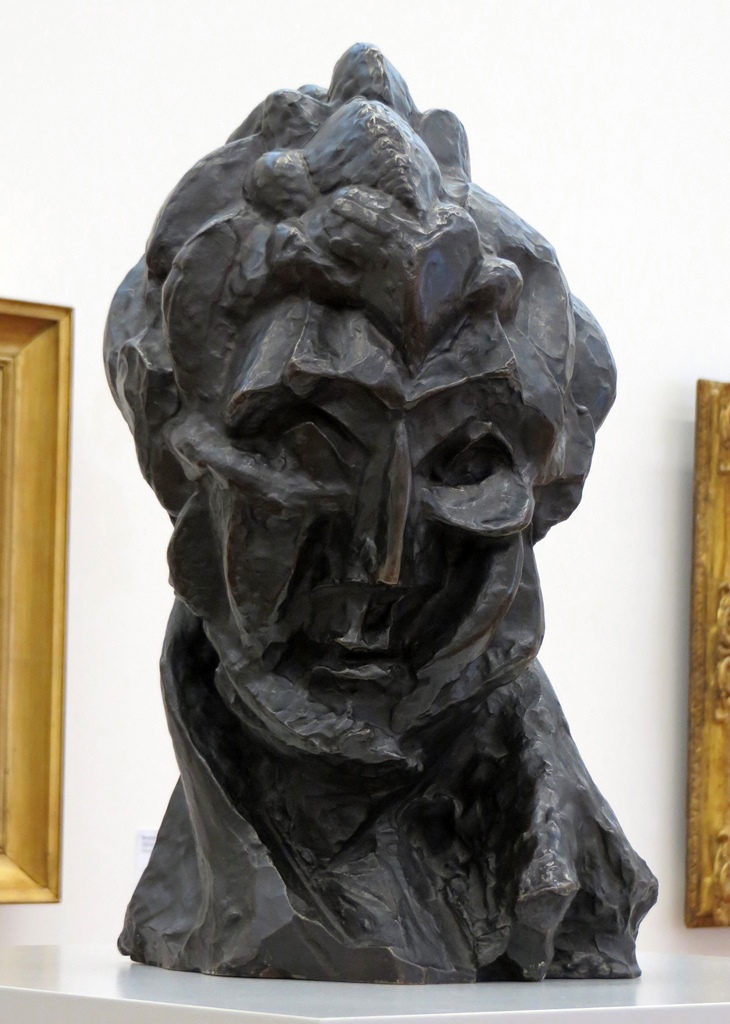
Head of a Woman 'Fernande', Pablo Picasso (1906)
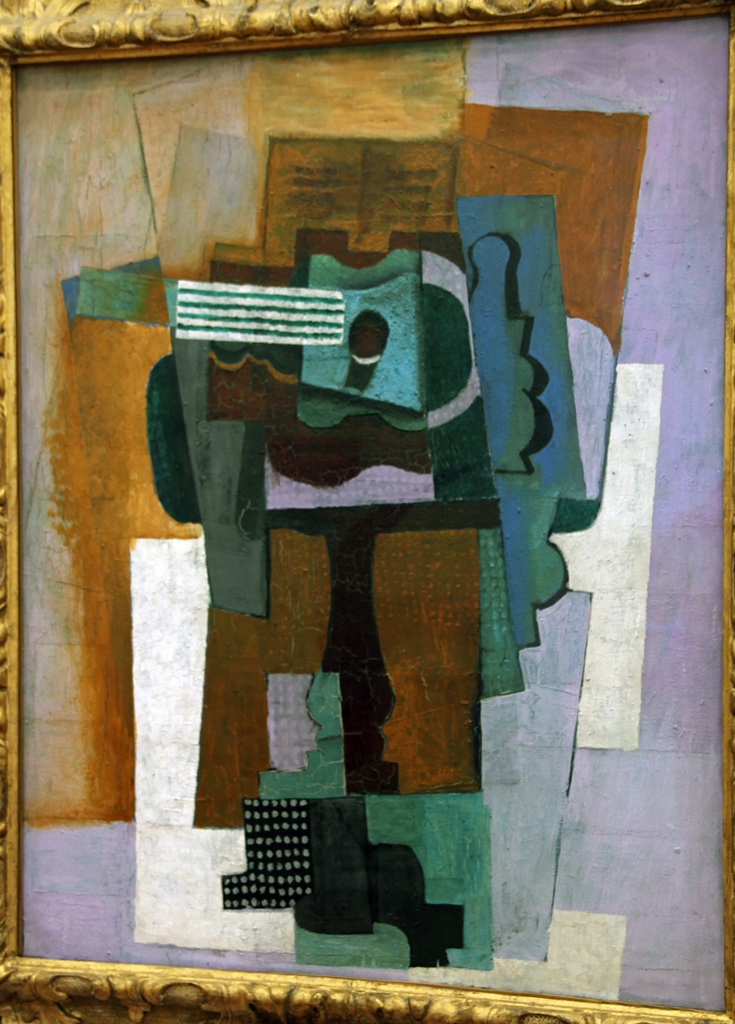
Guitar on a Pedestal, Pablo Picasso (1915)
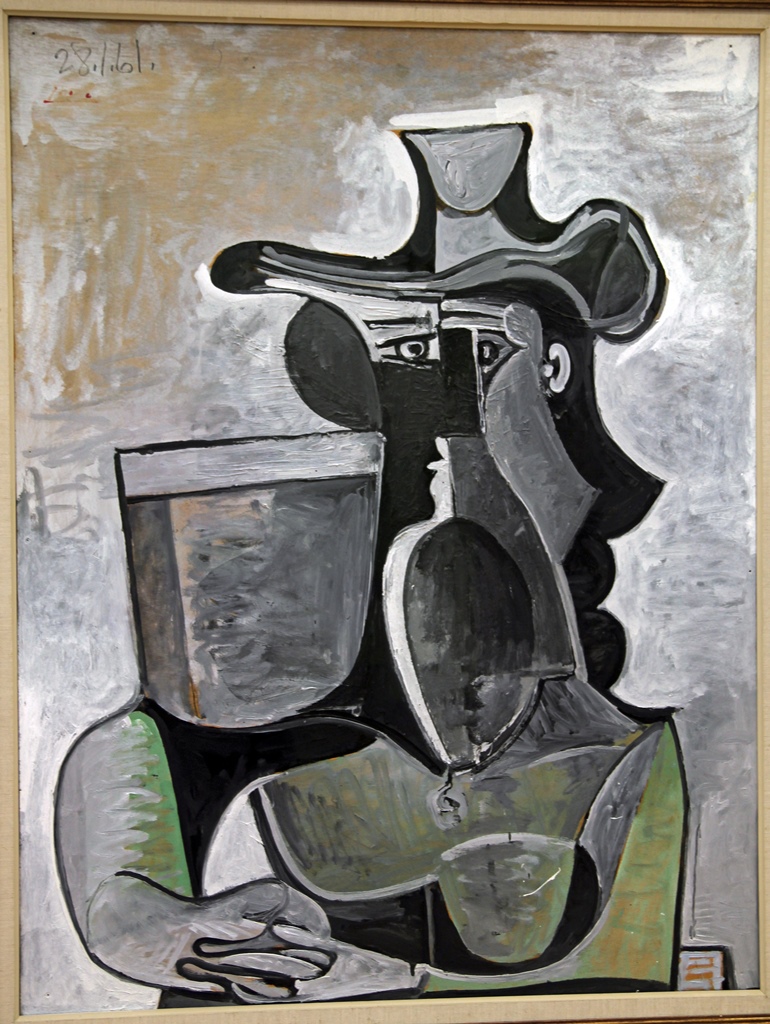
Woman with Hat, Pablo Picasso (1961)
Nella with Picassos
Here are works from some of Picasso's contemporaries:
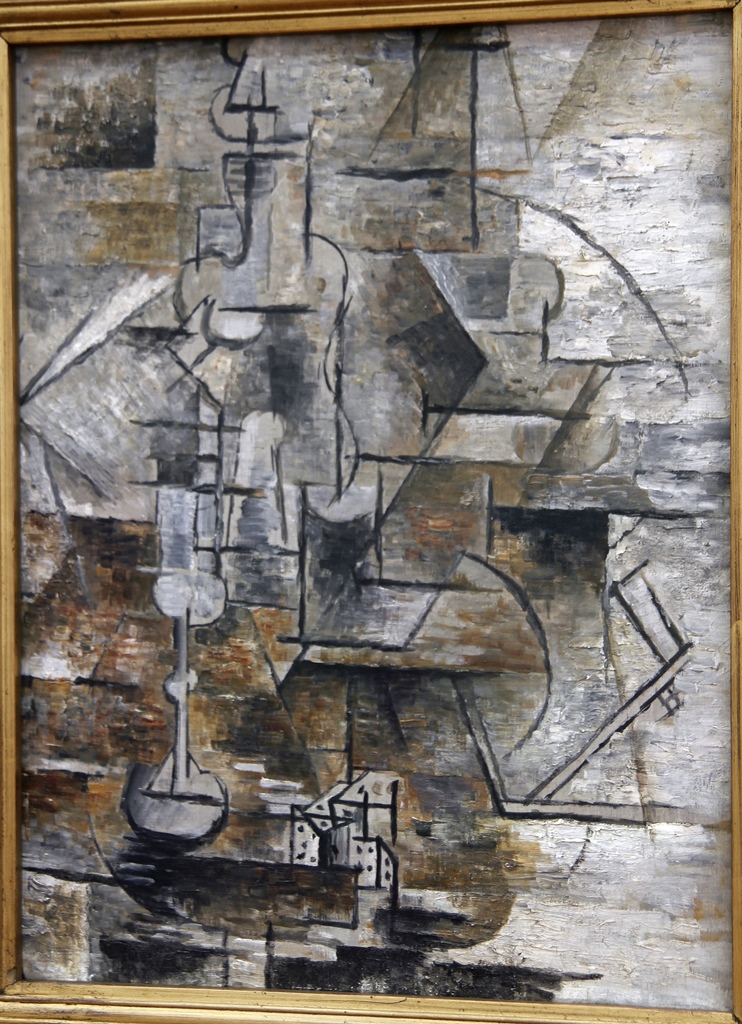
Still Life with Dice, Georges Bracque (1911)
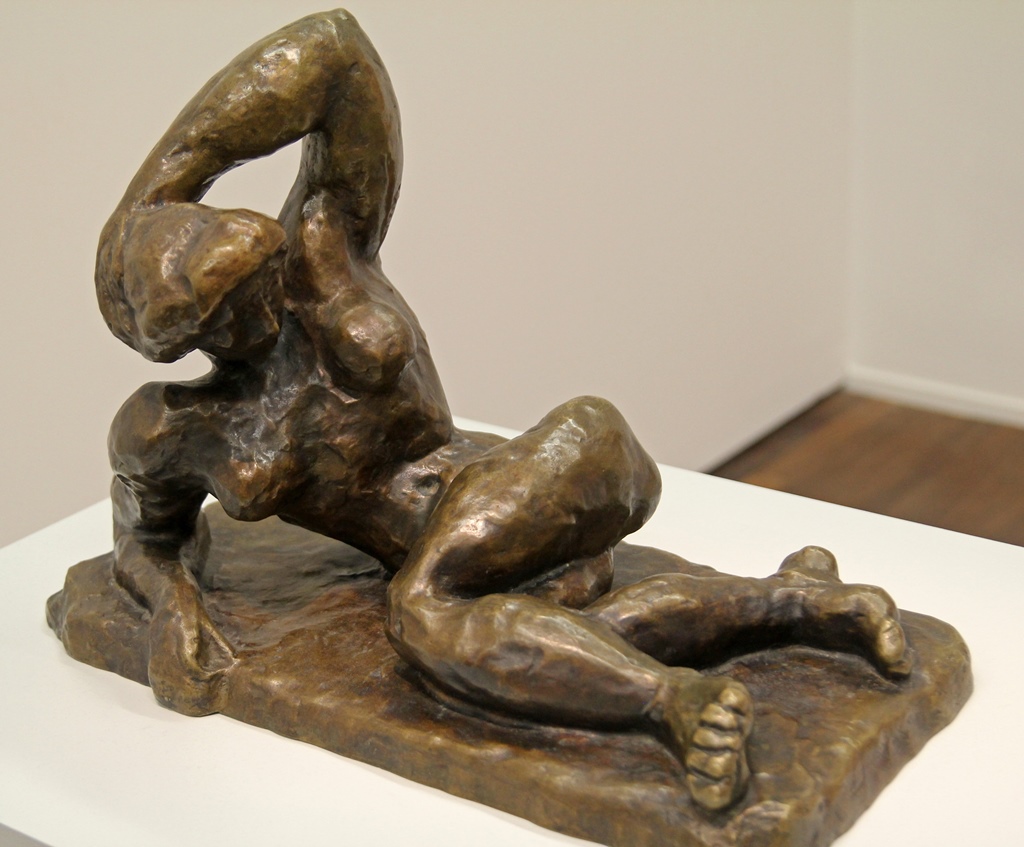
Reclining Nude I, Henri Matisse (1907)
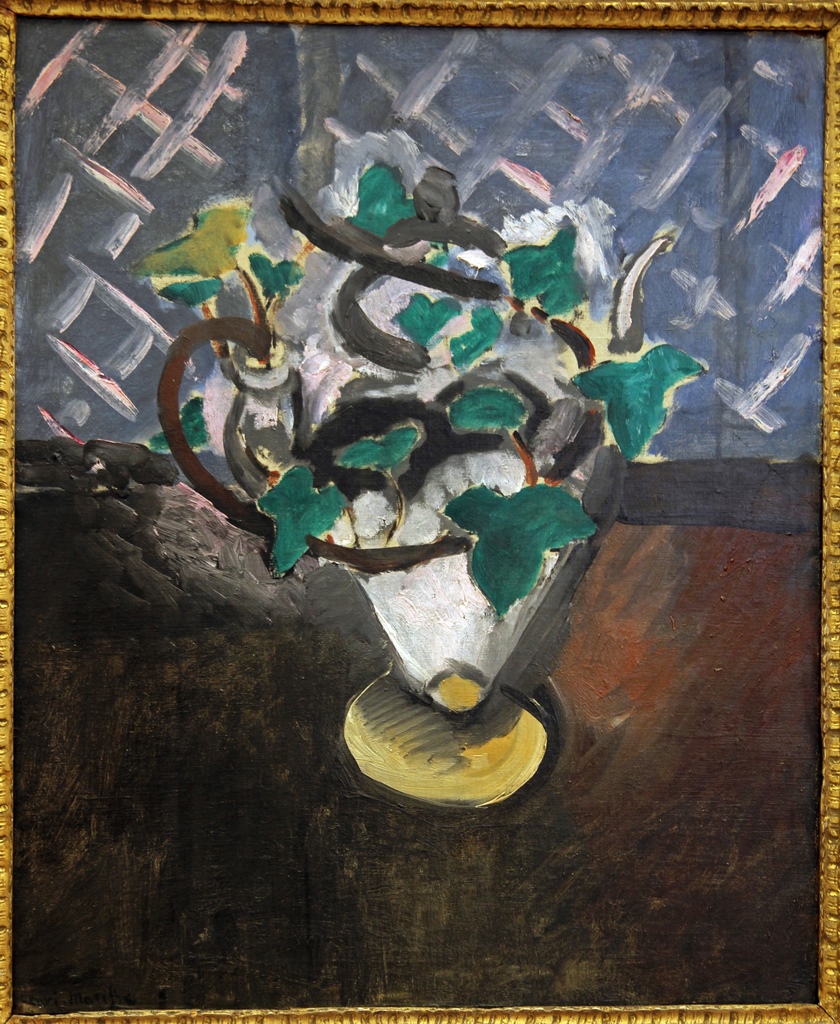
Ivy Branch, Henri Matisse (1916)
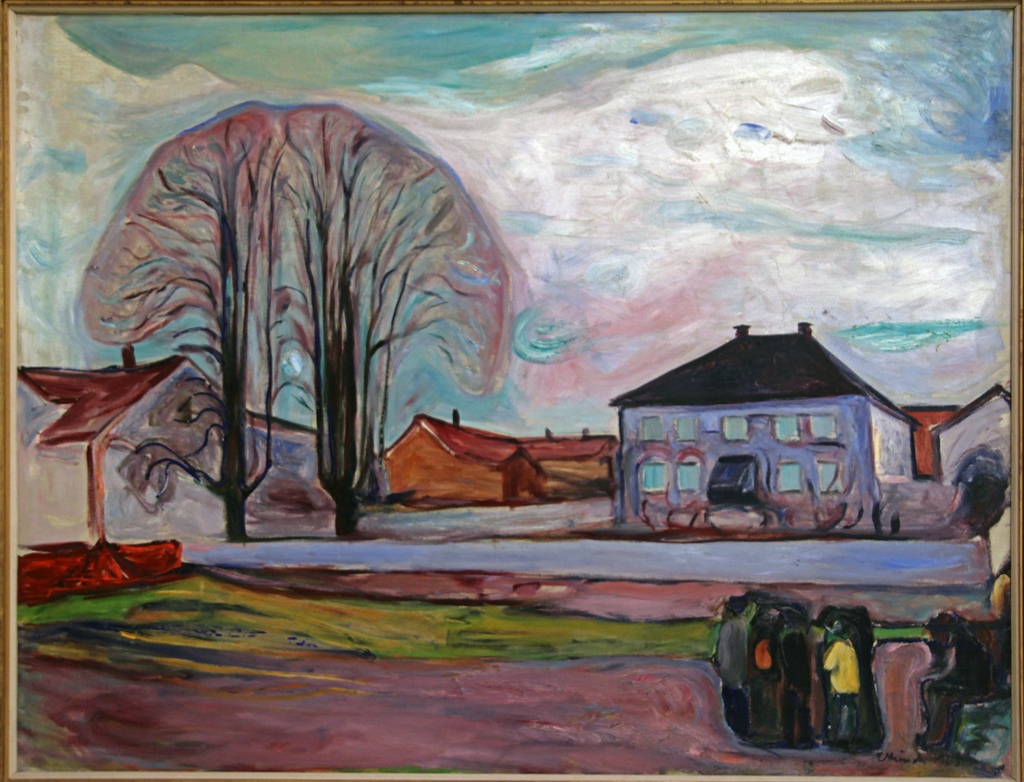
Houses in Aasgardstrand, Edvard Munch (1905)
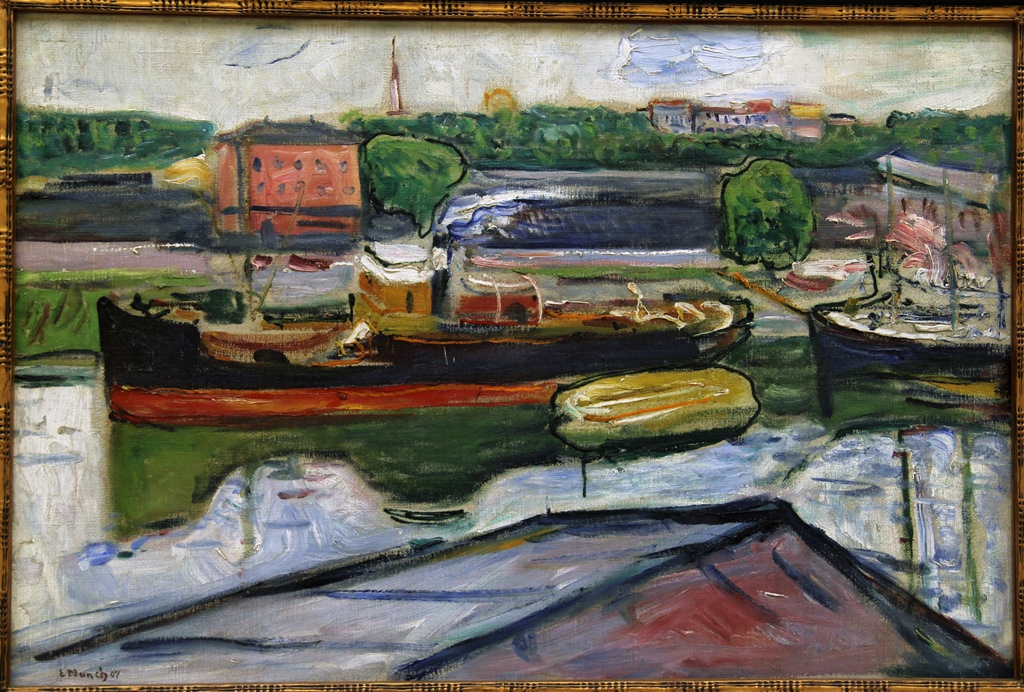
Harbor of Lübeck, Edvard Munch (1907)
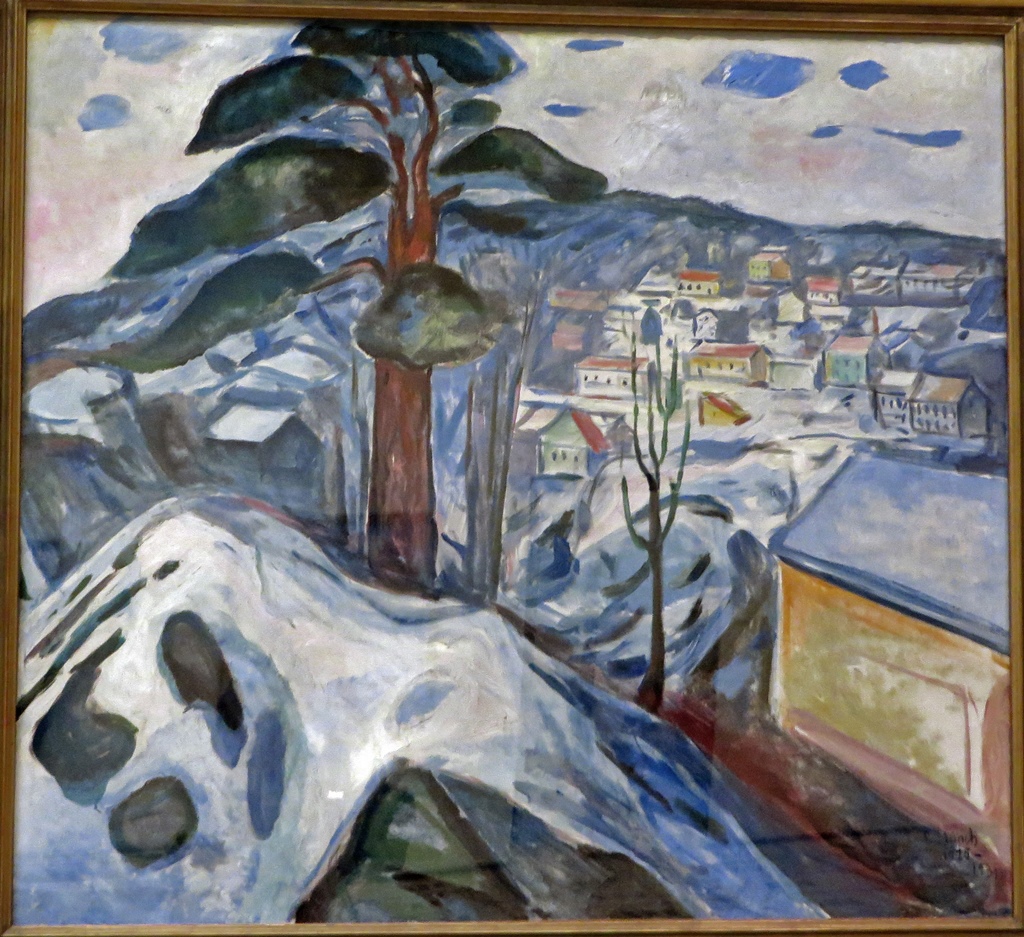
Winter Landscape, Kragerö, Edvard Munch (1925-31)
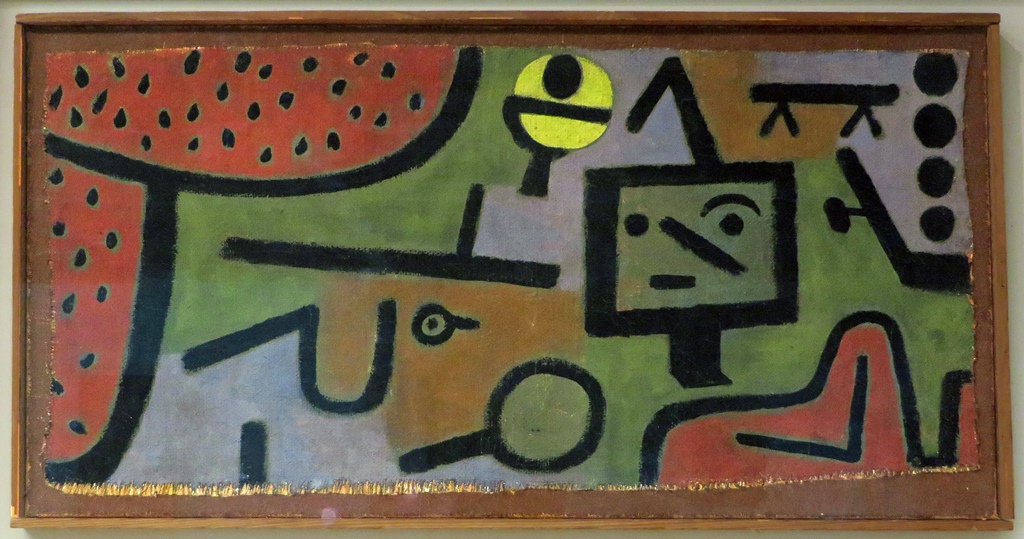
The Estate of the Artist, Paul Klee (1938)
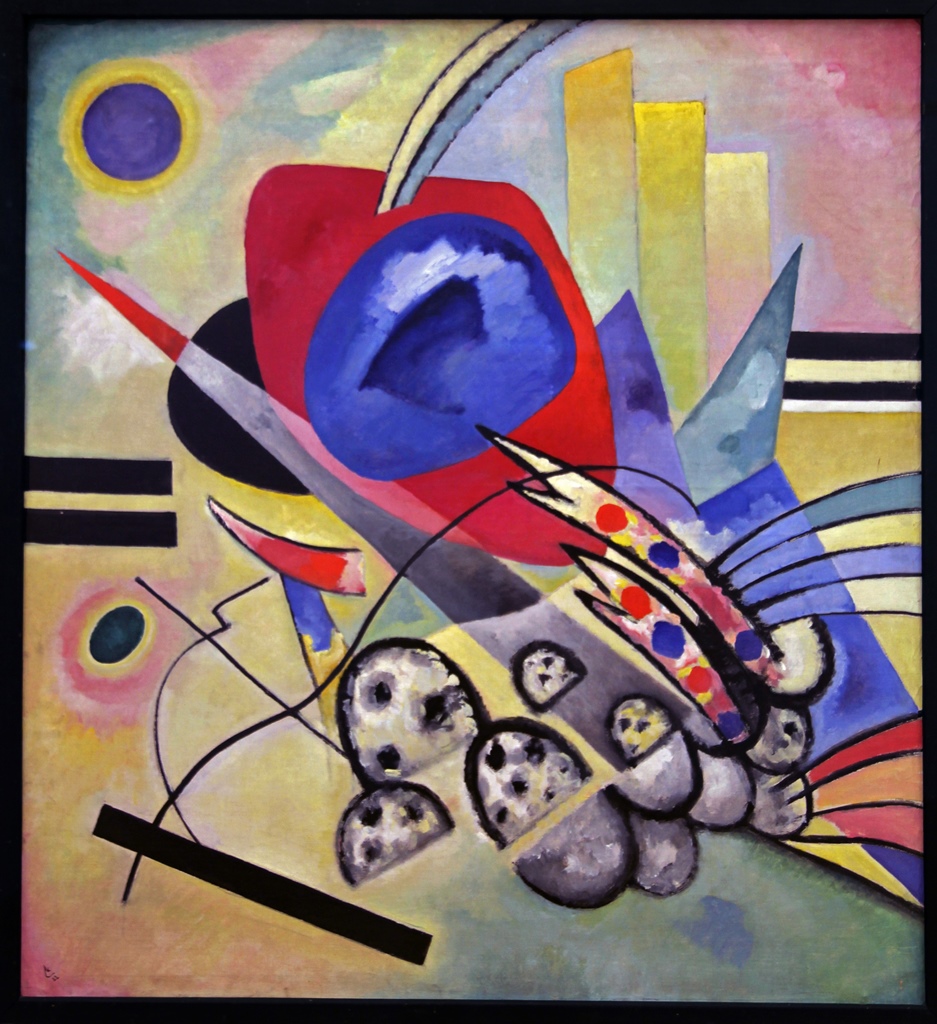
Blue-Red, Wassily Kandinsky (1922)
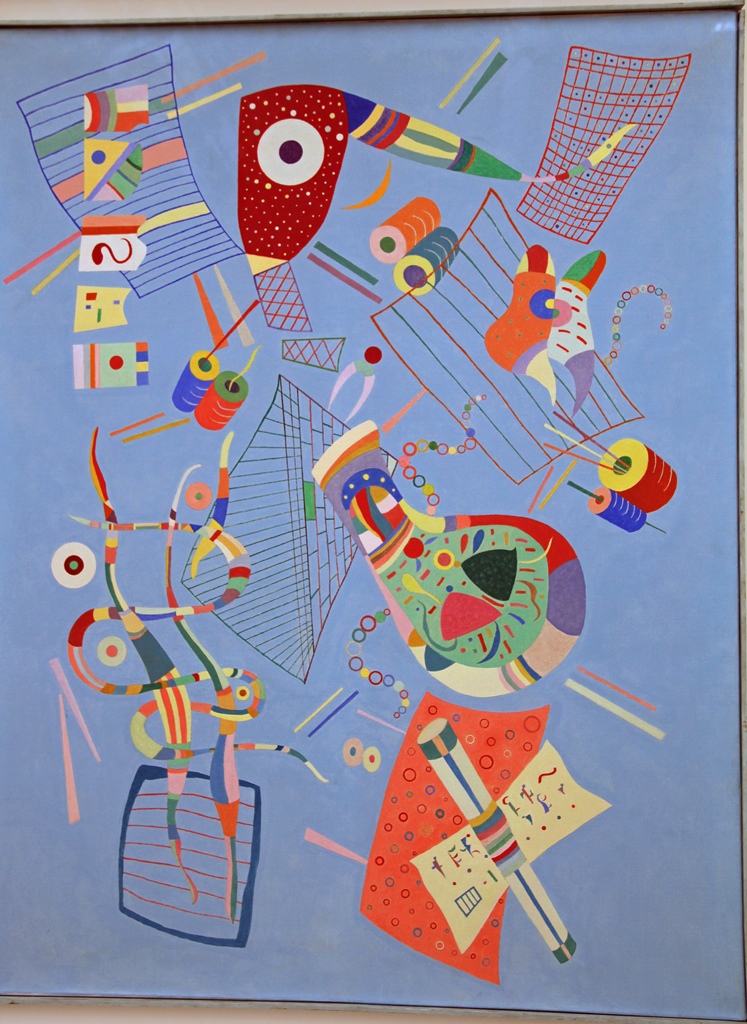
Serenity, Wassily Kandinsky (1938)
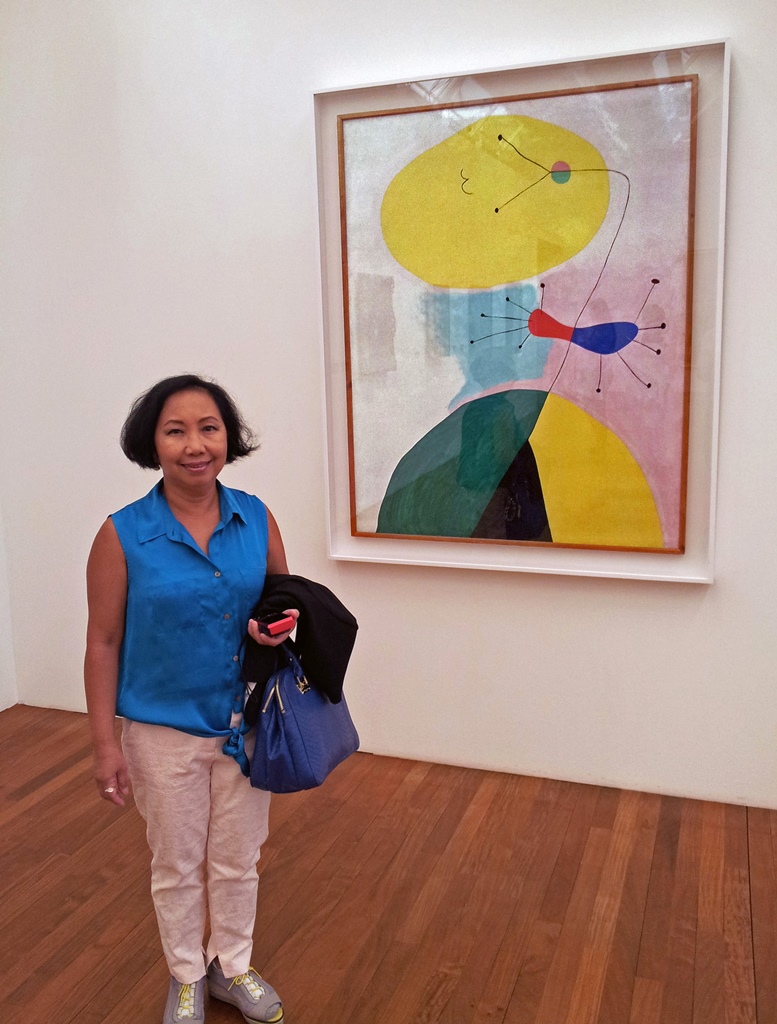
Nella with Portrait III, Joan Miró (1938)
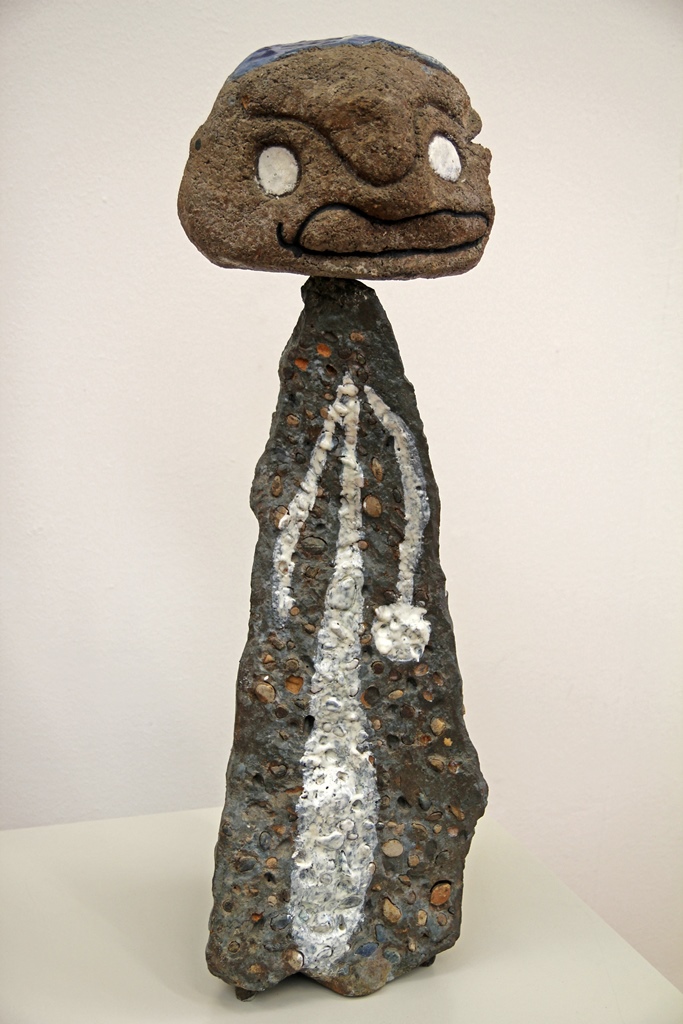
Great Character, Joan Miró (1955-56)
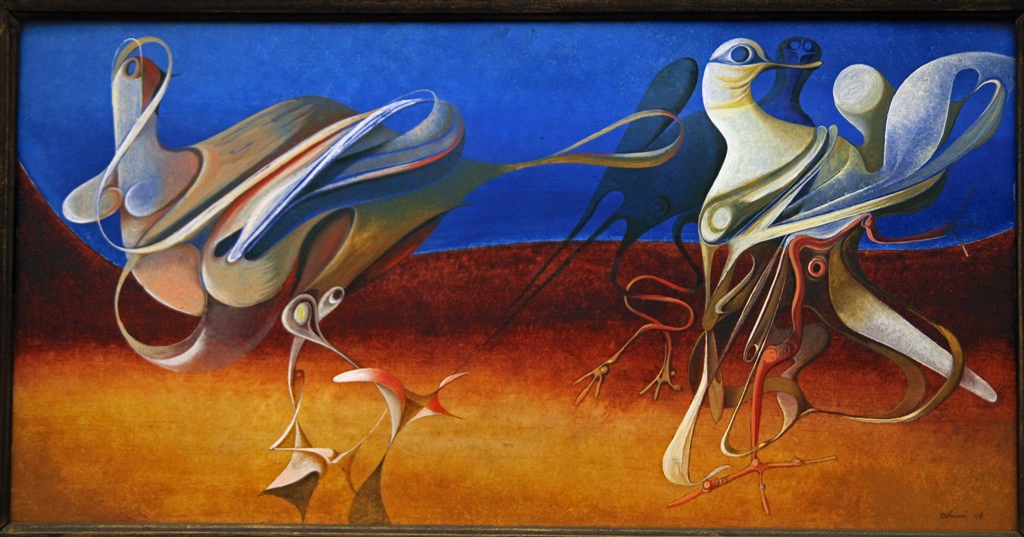
Turbulent Birds, Otto Tschumi (1948)
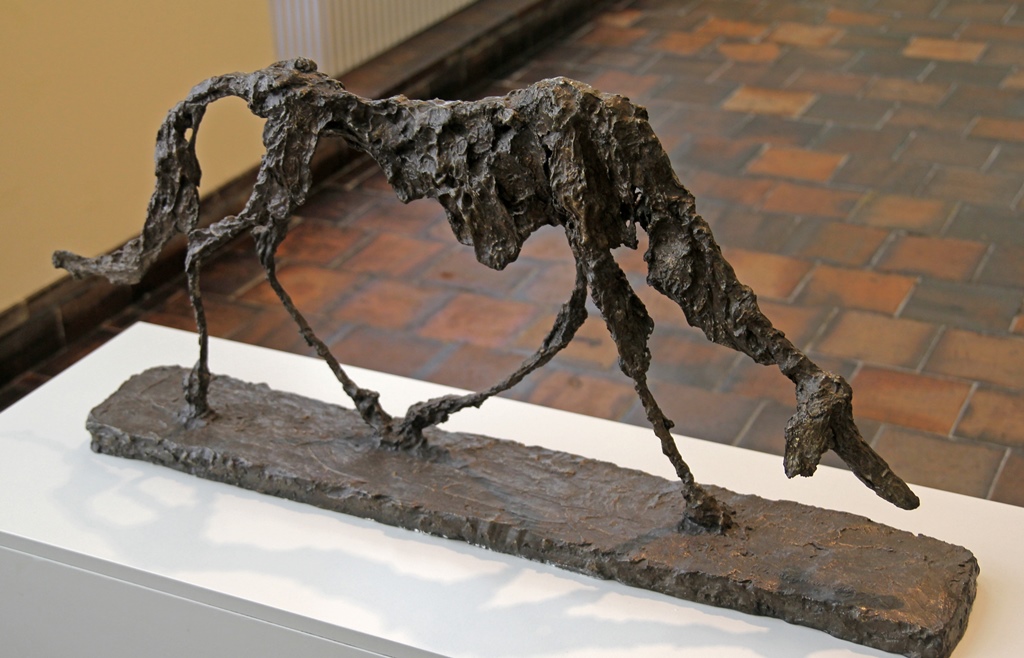
The Dog, Alberto Giacometti (1951)
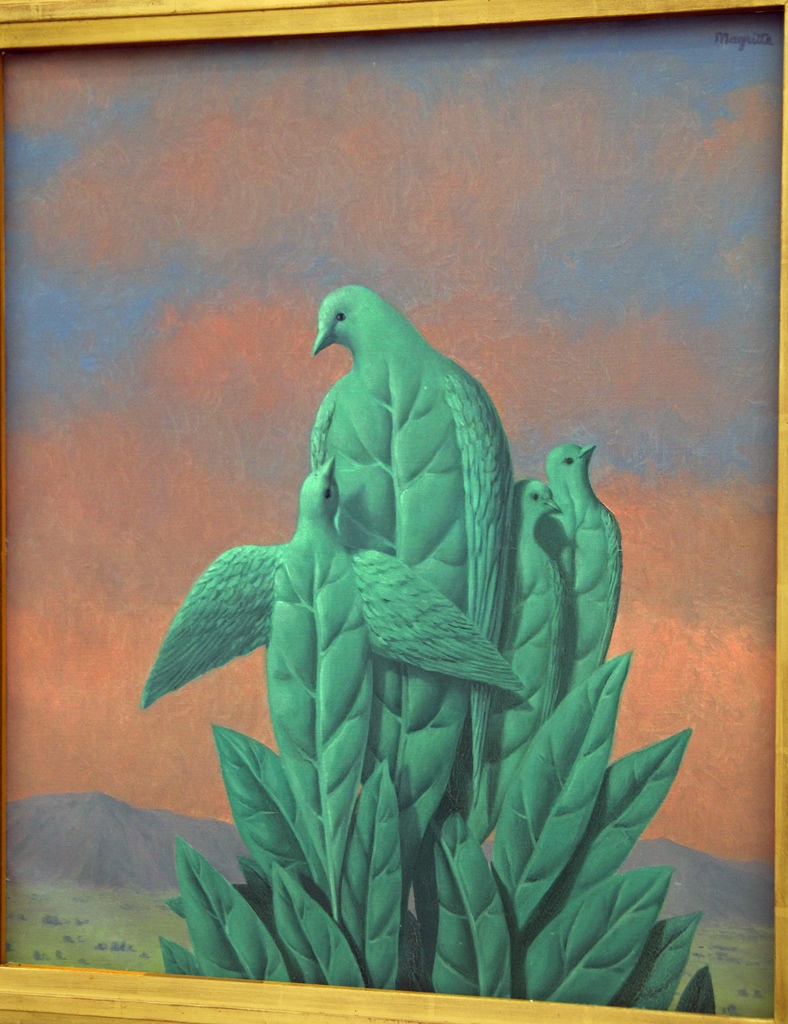
Natural Graces, René Magritte (1964)
And finally, some works from the late 20th Century:
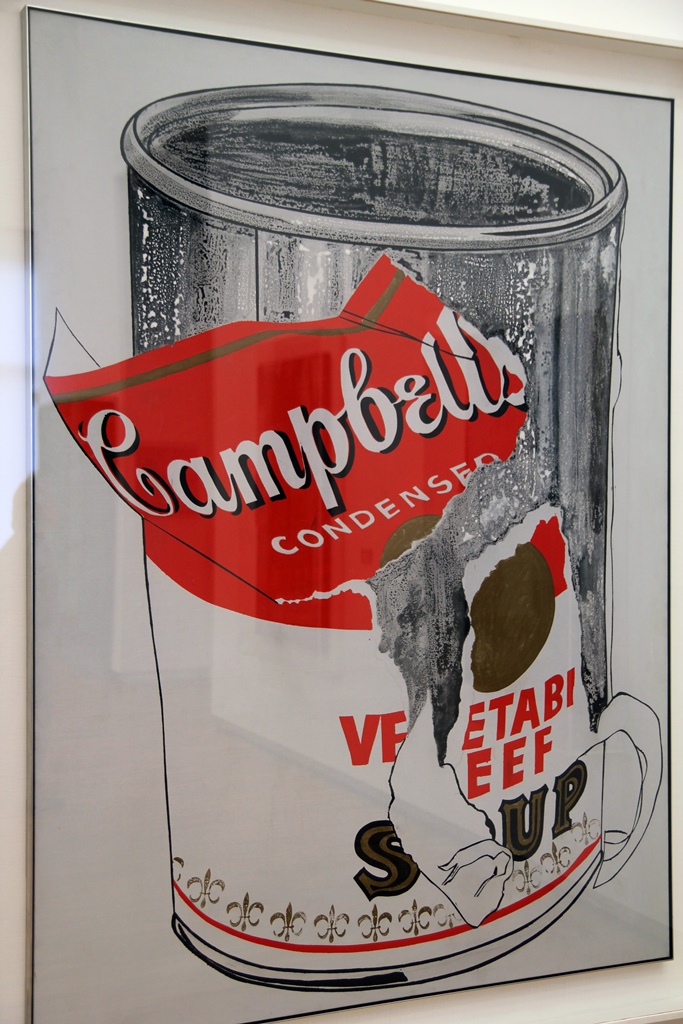
Big Torn Campbell's Soup Can (Vegetable Beef), Andy Warhol (1962)
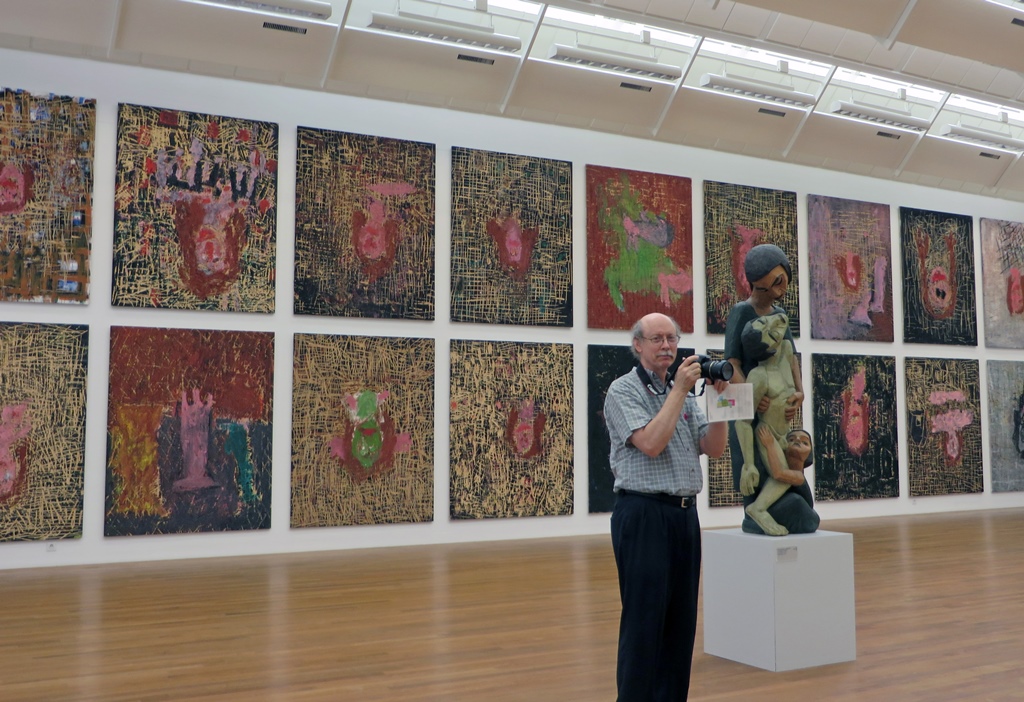
Bob with 45, Georg Baselitz (1989) and Totenklage, Hermann Scherer (1925)
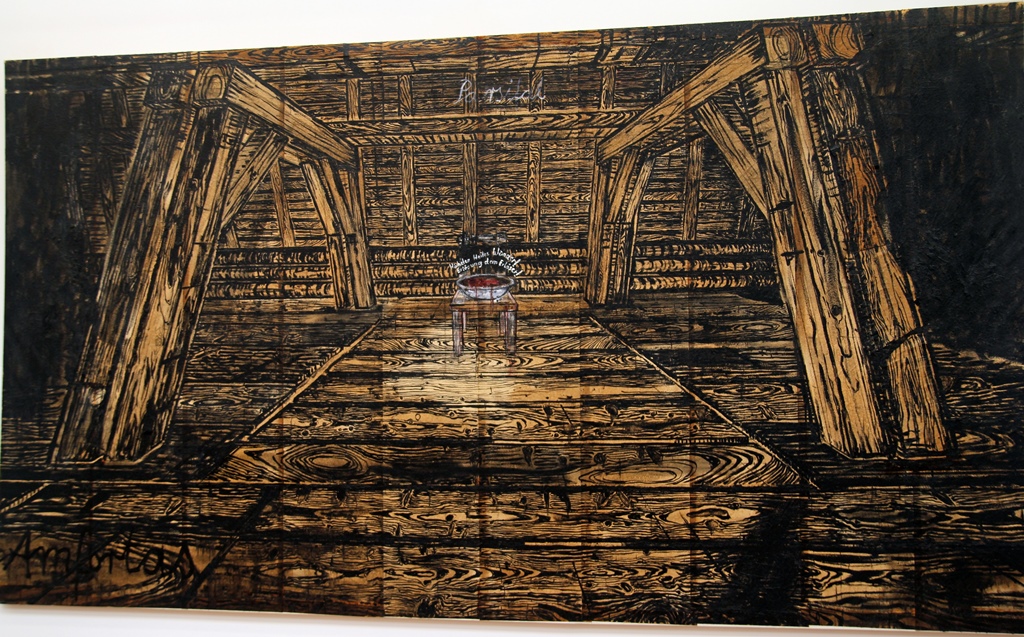
Parsifal, Anselm Kiefer (1973)
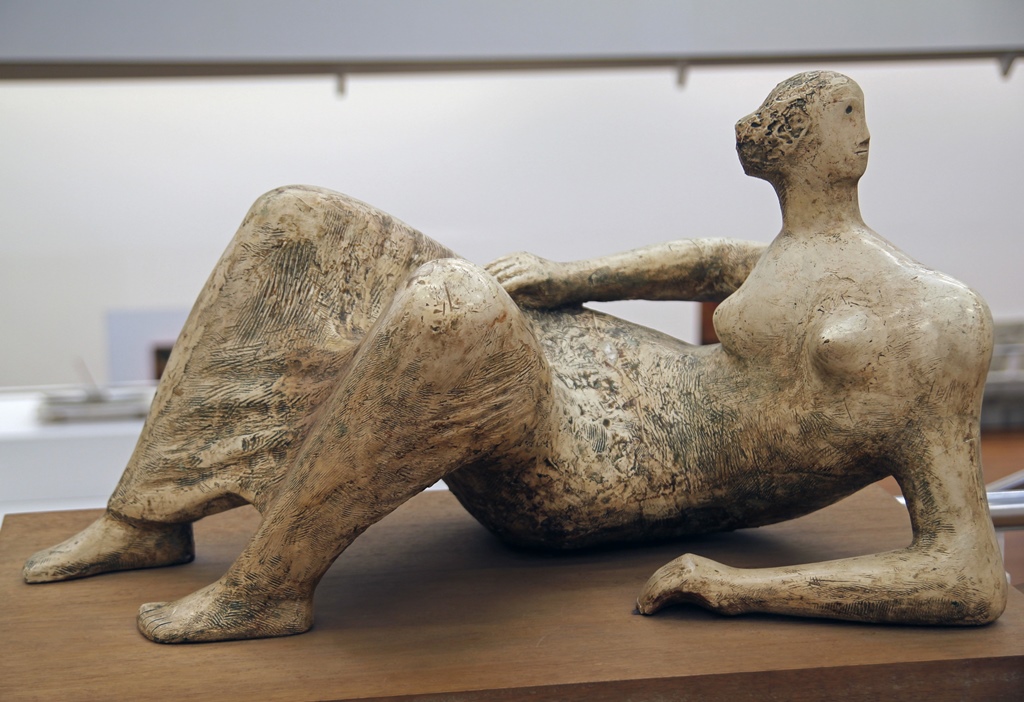
Reclining Figure: Angles, Henry Moore (1975-77)
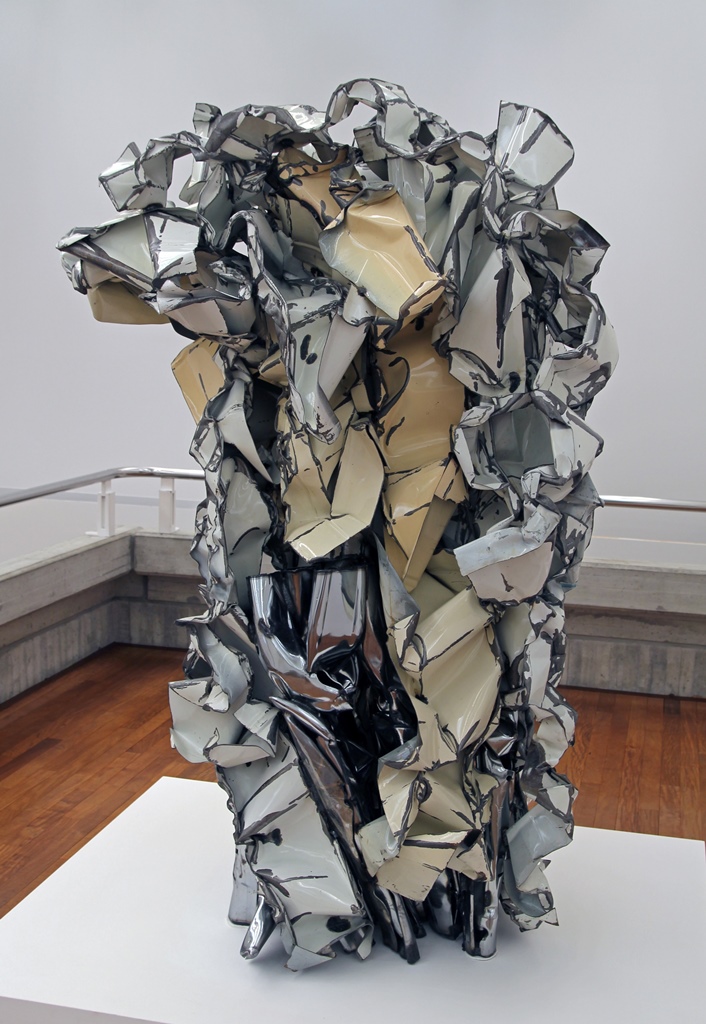
Archaic Stooge, John Chamberlain (1991)
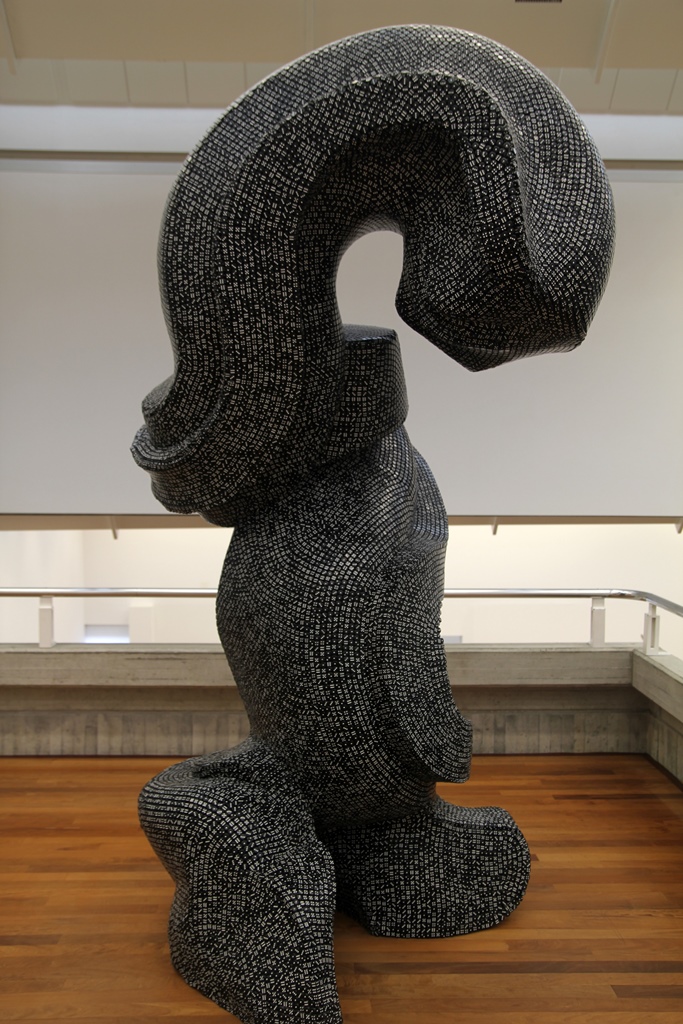
Secretion (Urge), Tony Cragg (2000)
Looking at art can give one an appetite (unless you're looking at unappetizing art),
and by the end of our visit we were totally ready for lunch. To see how we solved
our predicament, return to the Zürich Introduction page. To see what we did the
following day, continue to the next page.



